by Dr. Anand Titus and Geeta N. Pereira
Coffee forests provide the ideal habitat for a wide variety of rare and endemic butterfly and moth species. These evergreen forests with tall canopy trees provide filtered sunlight that is beneficial to butterflies. Different species of butterflies and moths require different host species of plants for laying eggs and carrying out their respective life cycle.
Coffee forests accommodate a wide variety of herbs and shrubs which act as ideal hosts for the caterpillars to feed on. Other wild species of grasses and plants which form the undergrowth act as larval host plants. The valleys with small waterfalls and rivulets provide diverse micro-habitats for the proliferation of butterflies.
On the meadow green,
A flight of butterflies was snoozing,
With bated breath and studied gaze…I stood watching.
When Lo… All at once they flew up
A curtain of iridescent glow
Stunning my senses with utter delight.

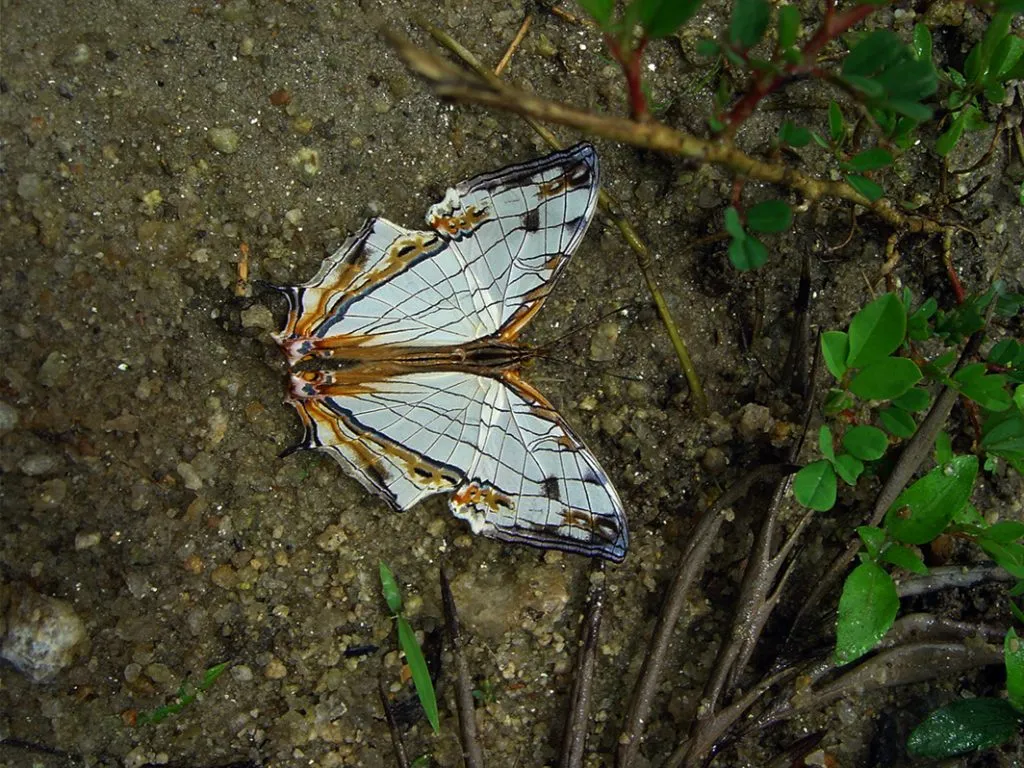
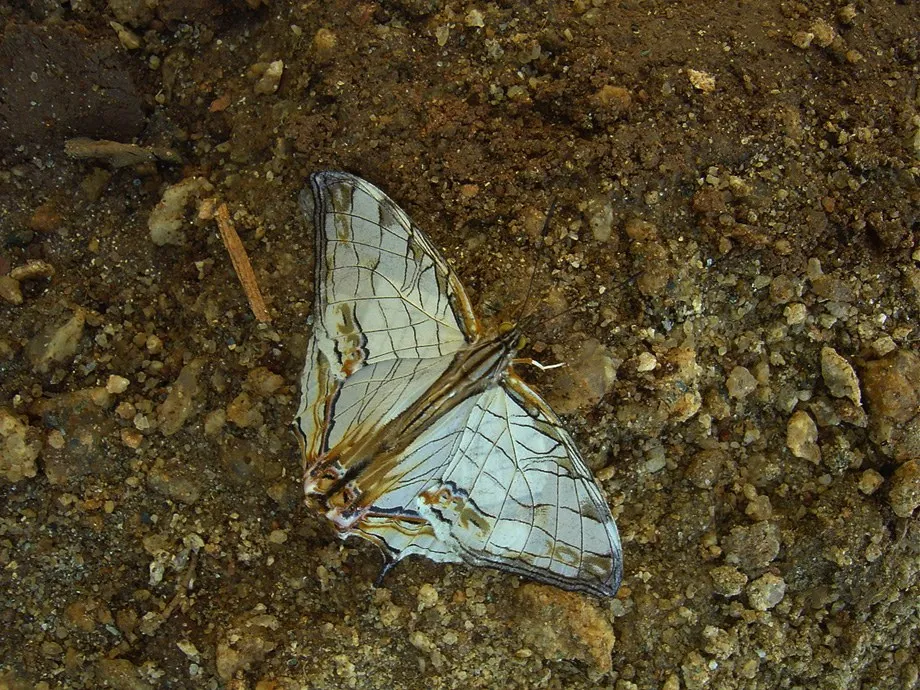
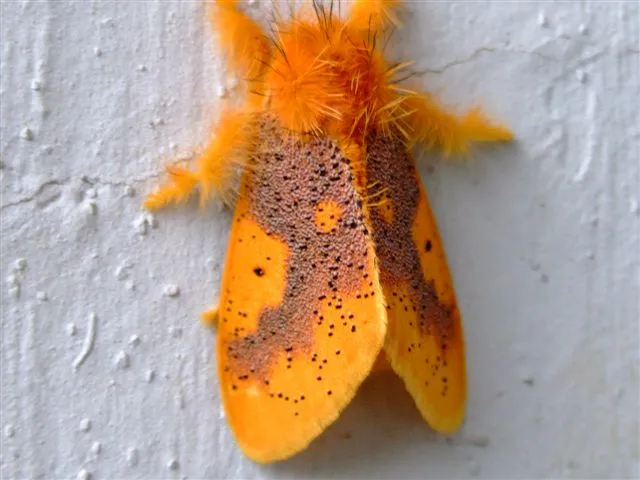
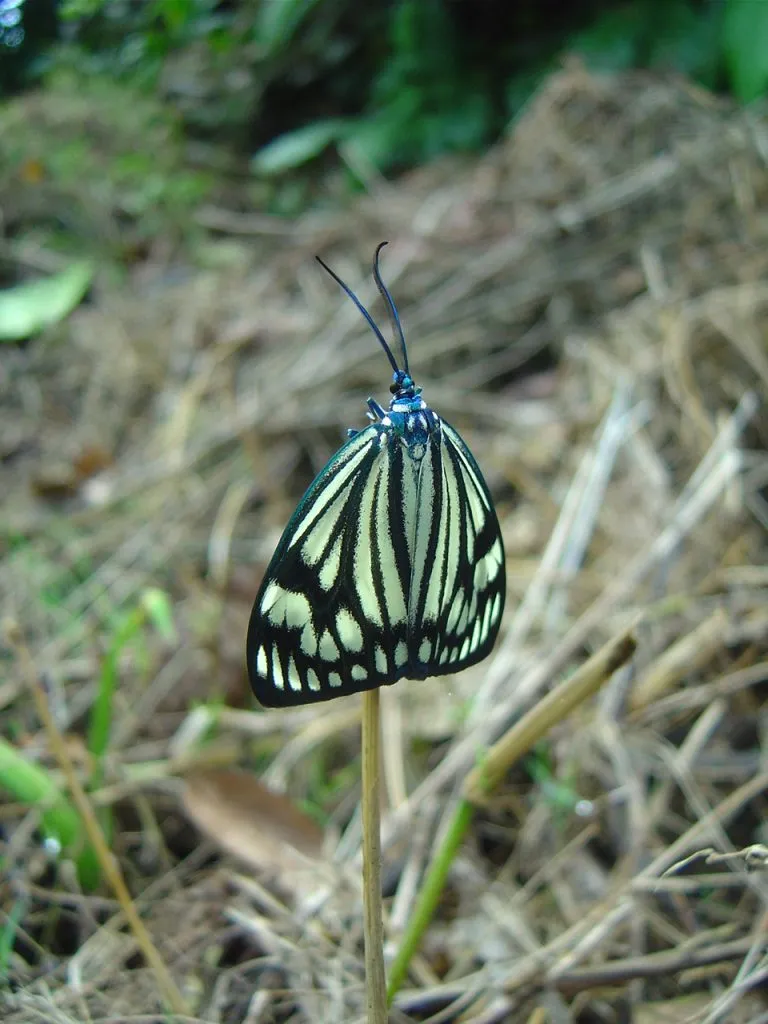
We have observed butterflies inside coffee forests belonging to all the five families that are present in India.
Family Papilionidae: Swallowtails
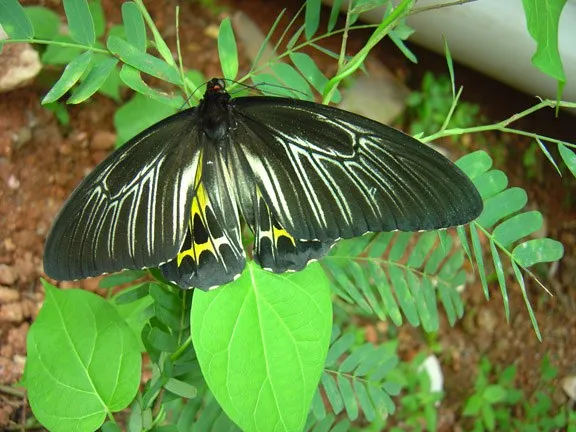
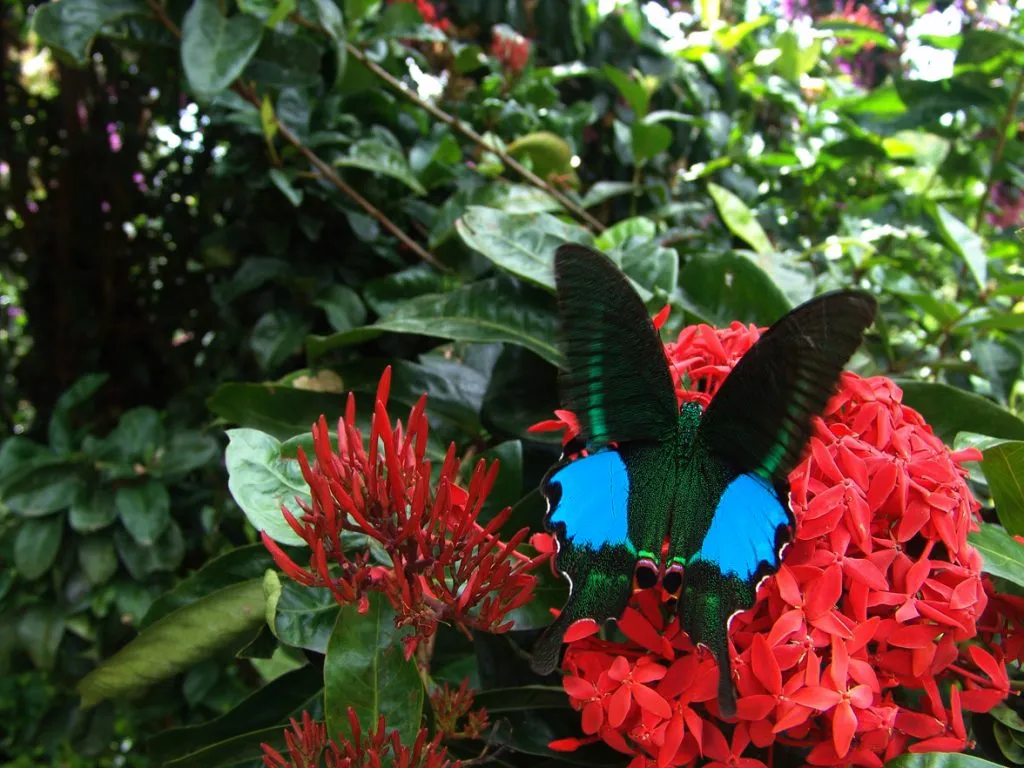
Family Pieridae: Whites and Yellows
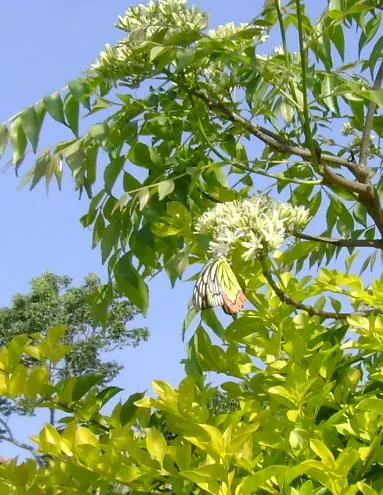
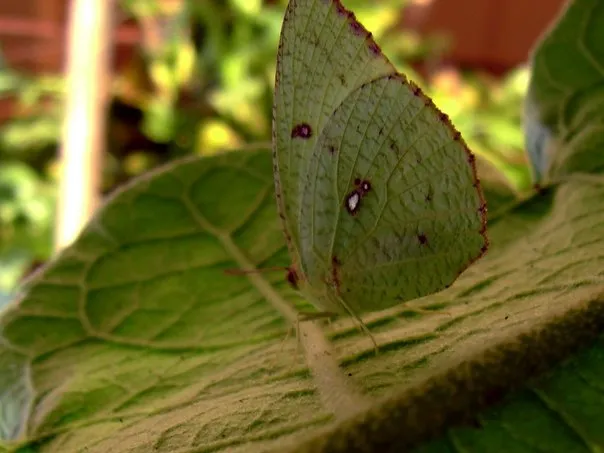
Family Nymphalidae: Brush footed butterflies
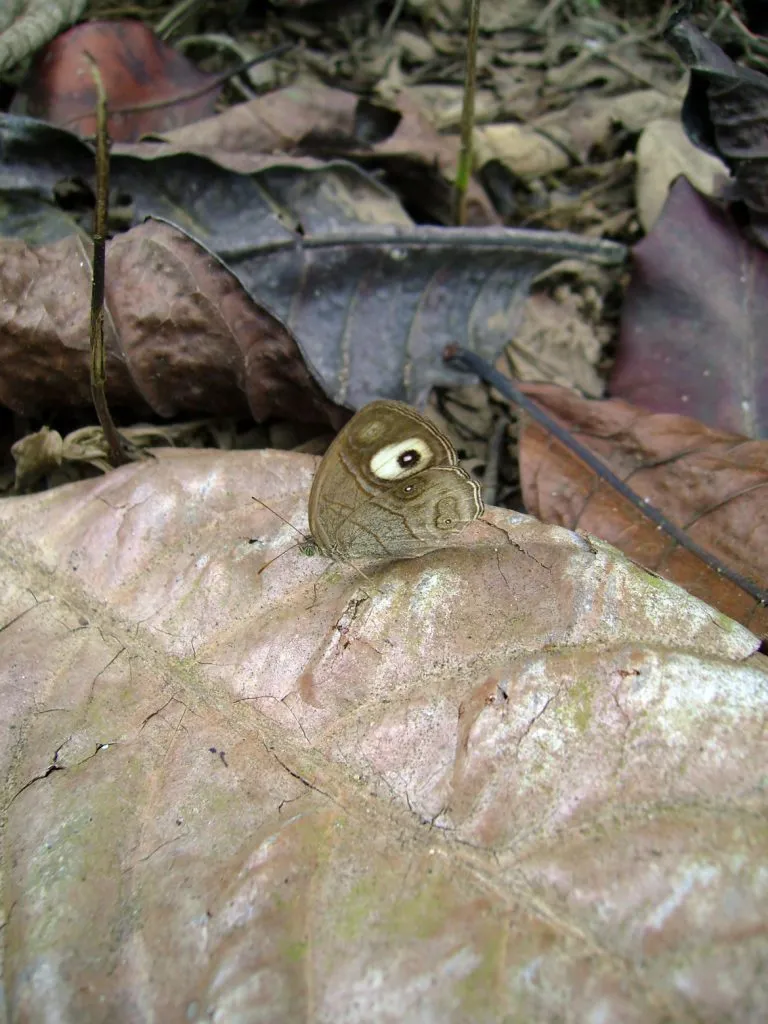

Family Lycaenidae: Blues
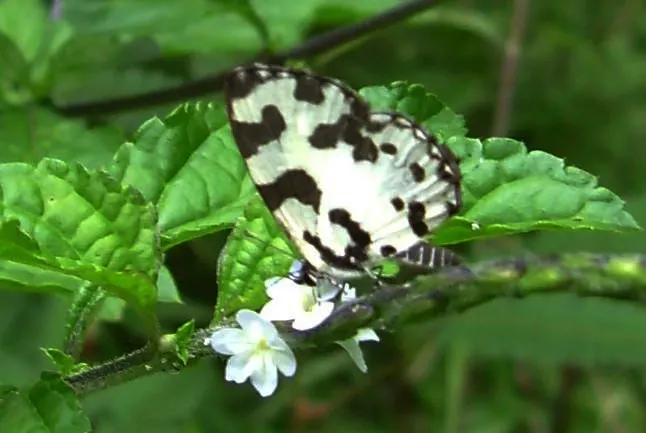
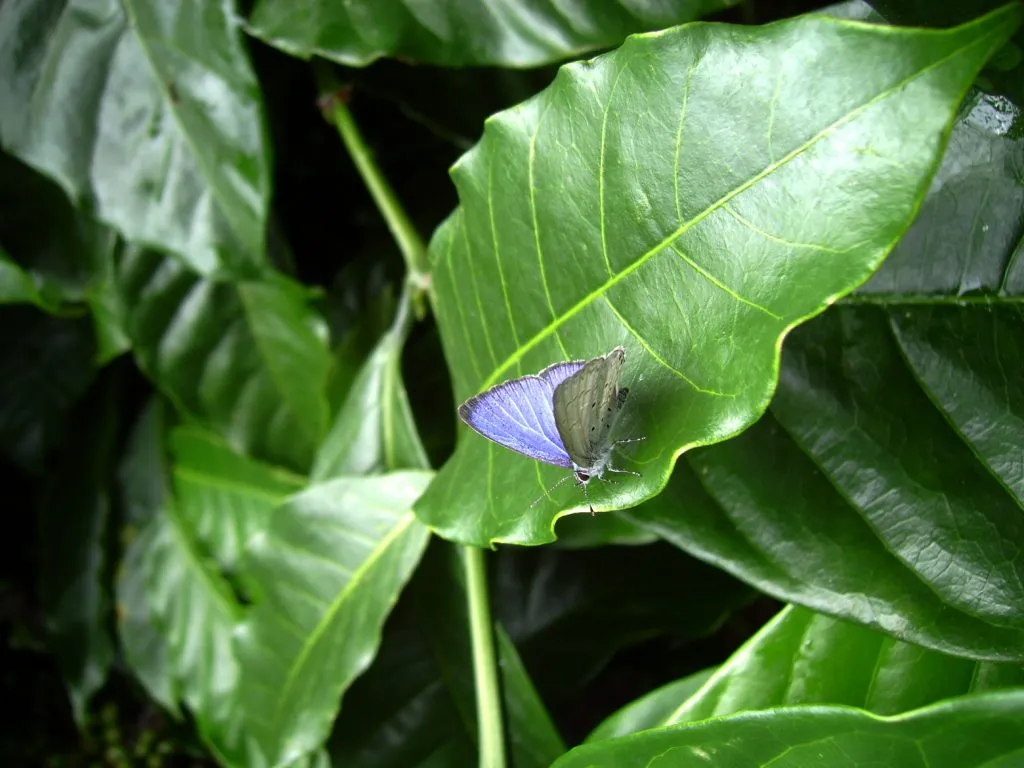
Family Hespiriidae: Skippers
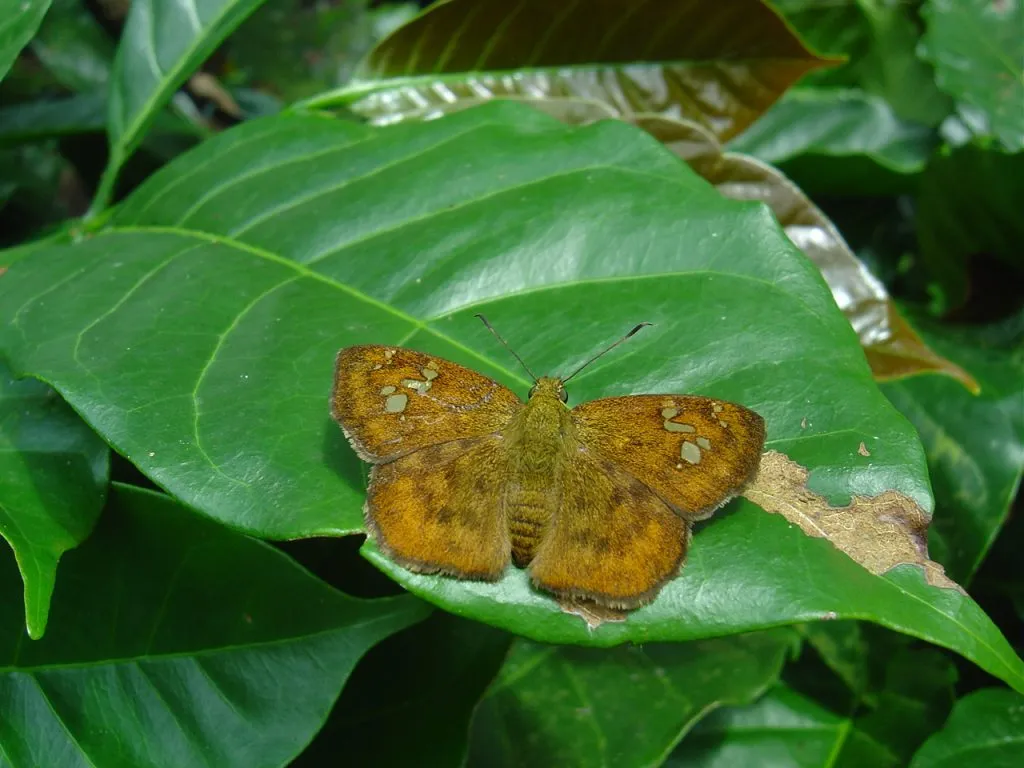
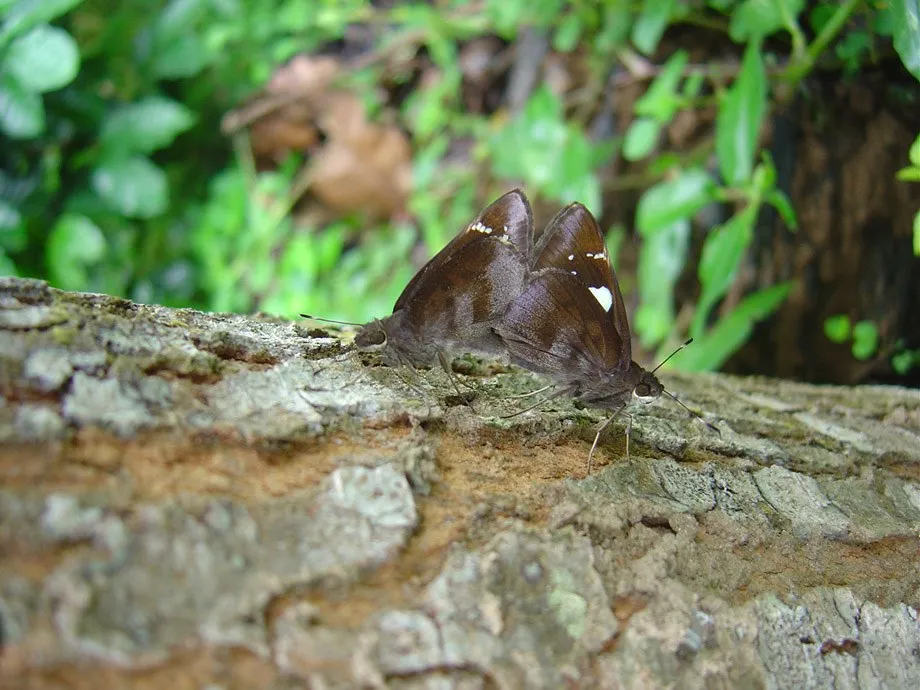
Table -1. Diversity of Butterflies in India. ( Krushnamegh Kunte, 2000.)
FAMILY
COMMON NAME
DIVERSITY
Papilionidae
Swallowtails
13 genera ; 107 species
Pieridae
Whites and Yellows
20 genera; 109 species
Nymphalidae
Brush footed butterflies
98 genera; 521 species
Lycaenidae
Blues
90 genera; 443 species
Hesperiidae
Skippers
99 genera; 321 species
TOTAL
**320 GENERA, 1501 SPECIES
**
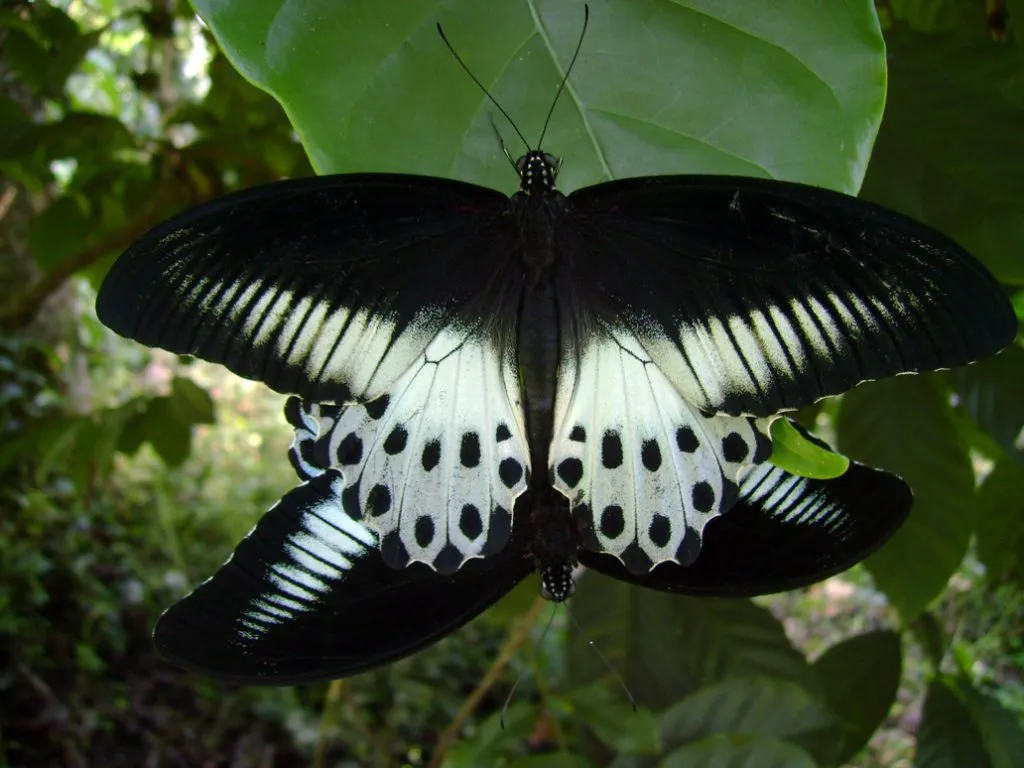
Our observations spanning two decades has clearly brought out the fact that these delicate creatures are in fact highly specialized and each species has a range and unique flight pattern. Caterpillars belonging to different species feed on a diversity of plant species. Some species specialize on eating the mature and old leaves belonging to old robusta’s, others feed on young Arabica leaves and a few others on the leaves of the multistoried crops like arecanut, pepper, cardamom, citrus and other trees.
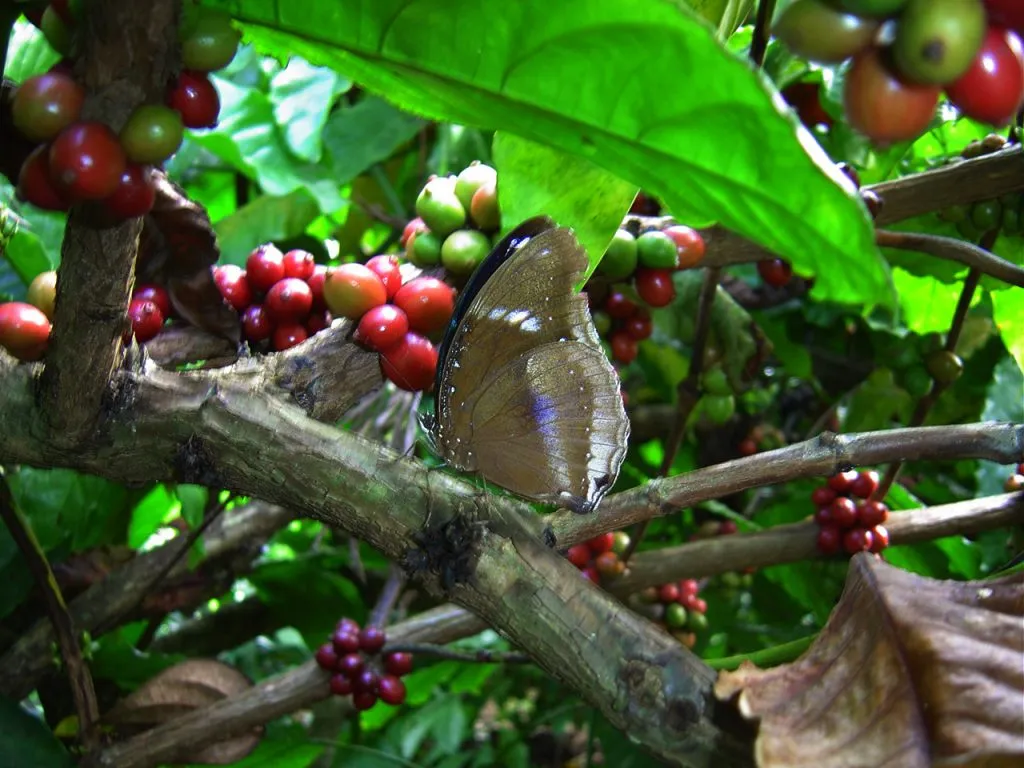
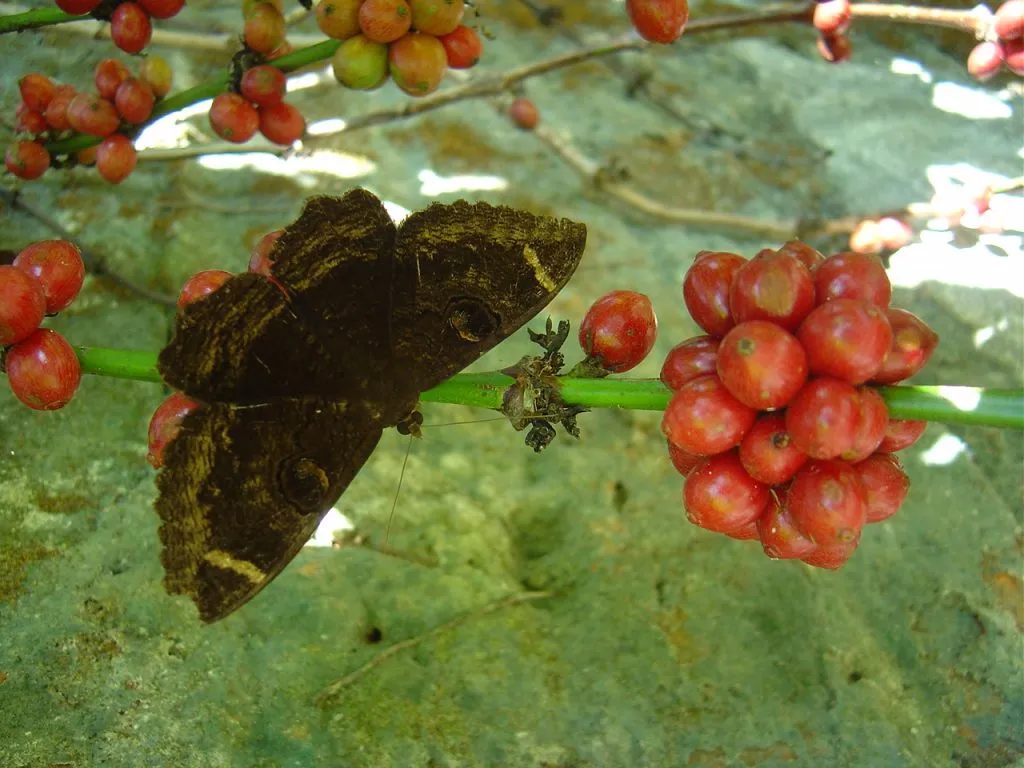
Butterflies and moths are some of the most fascinating and eye catching flying insects in the world. A vast majority is brightly colored and is found all over the world, except in the Antarctica region. They are indeed one of the planet’s most beautiful creatures. People from all walks of life, irrespective of race, color or religion enjoy these beautiful winged flying jewels for their delicate beauty. In India, most butterfly species are found associated with tropical rain forests.
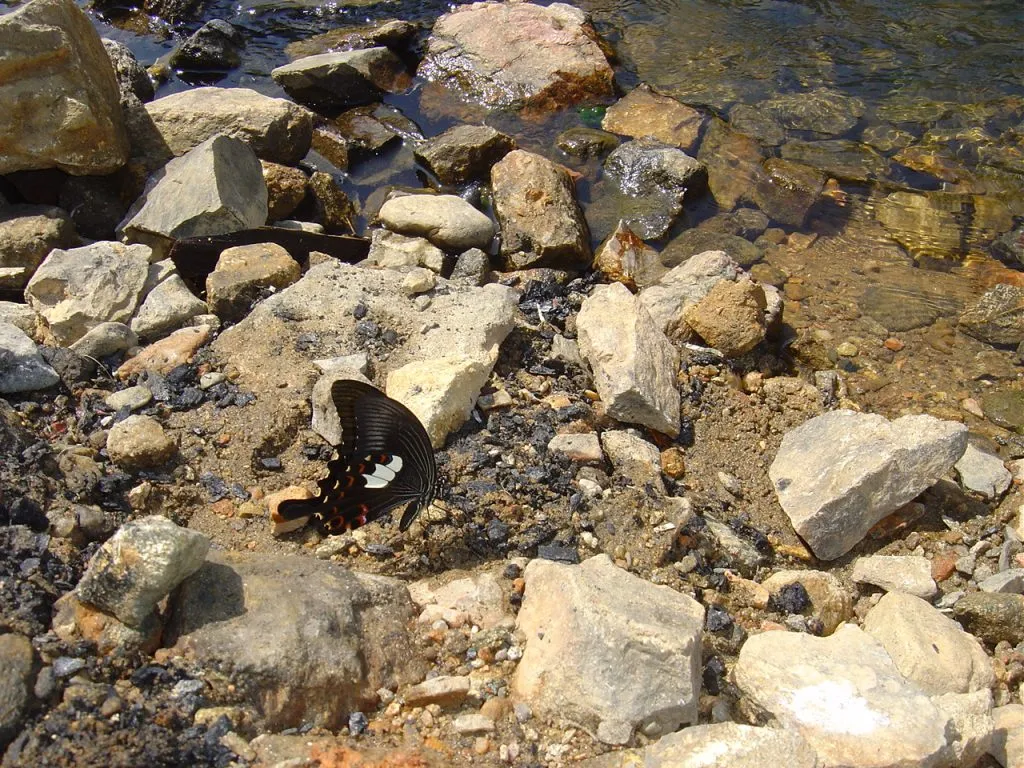
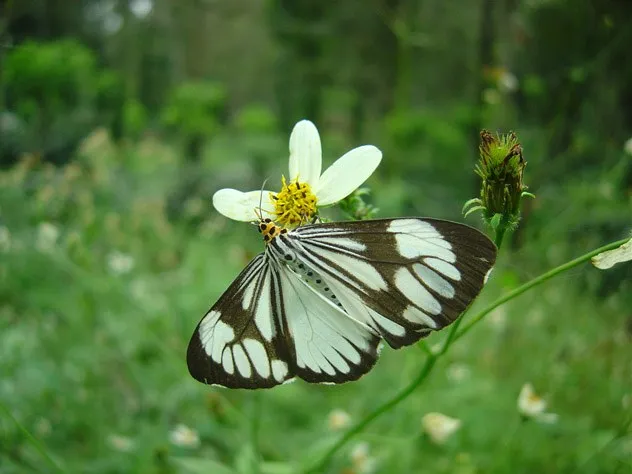
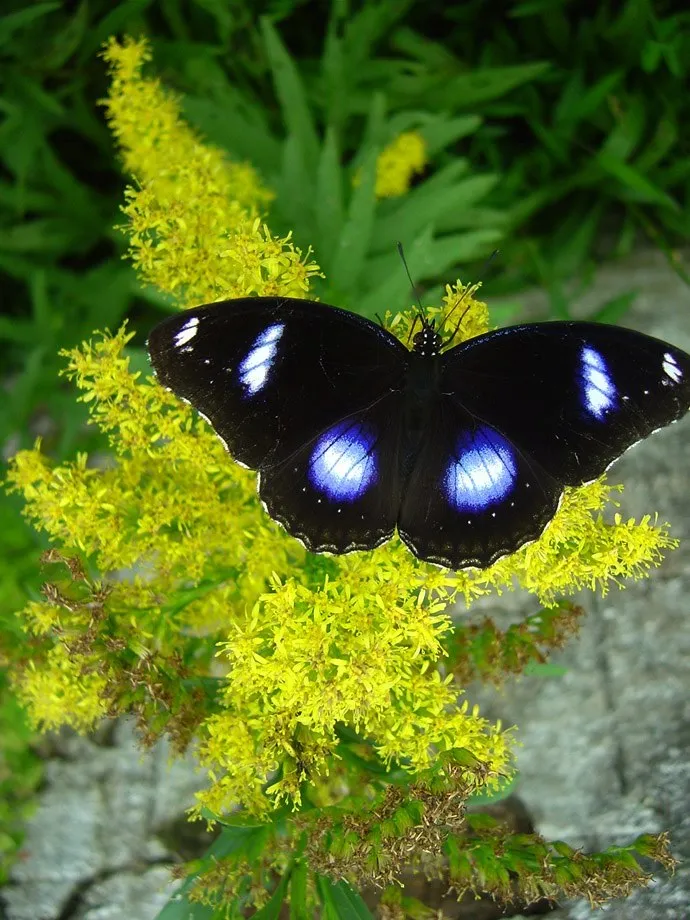
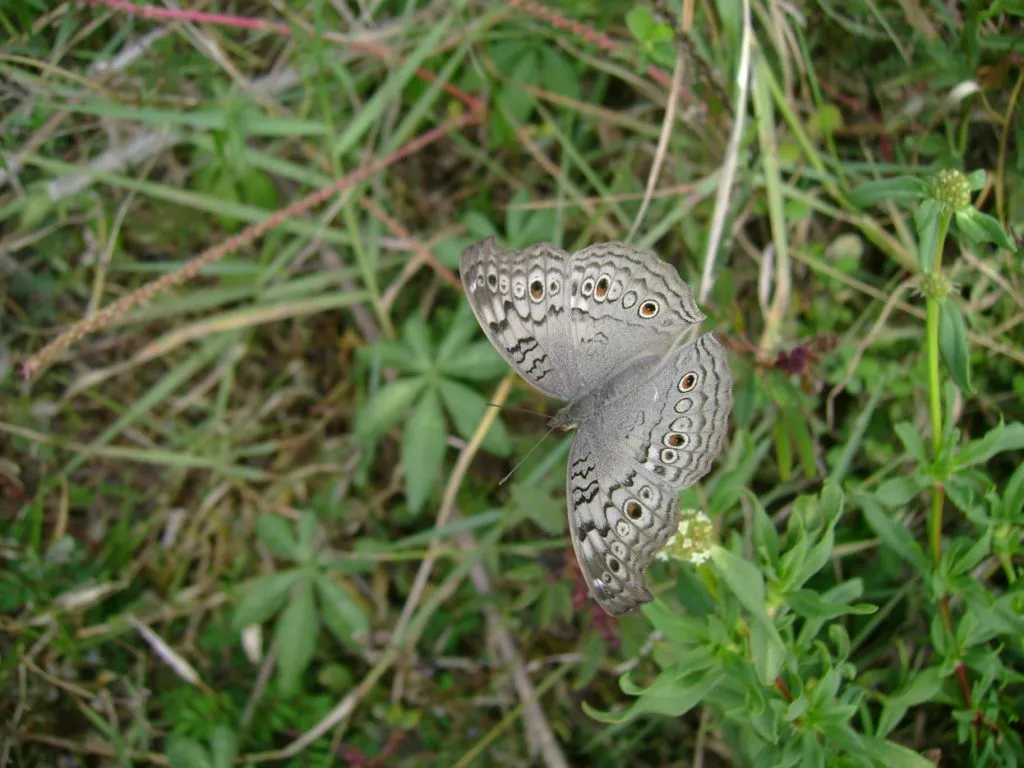
The Western Ghats is home to hundreds of species of rare, endemic and exotic species of colorful butterflies; some of them extremely rare .Some species are so rare that they are found nowhere else in the world. The region boasts of approximately 350 species of butterflies. They come in a variety of sizes with two pairs of large wings. The color pattern varies from species to species and has a definite role to play in the protection of the species. If one were to closely observe the wings, they are covered with overlapping rows of tiny scales.
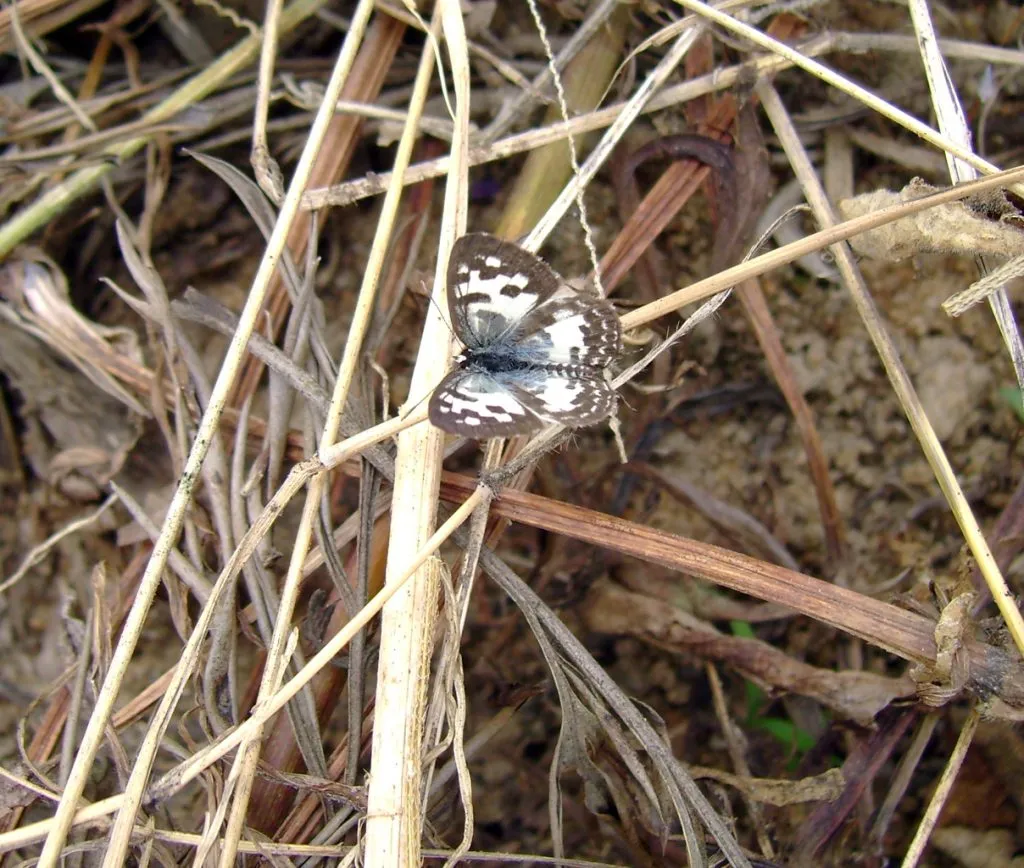
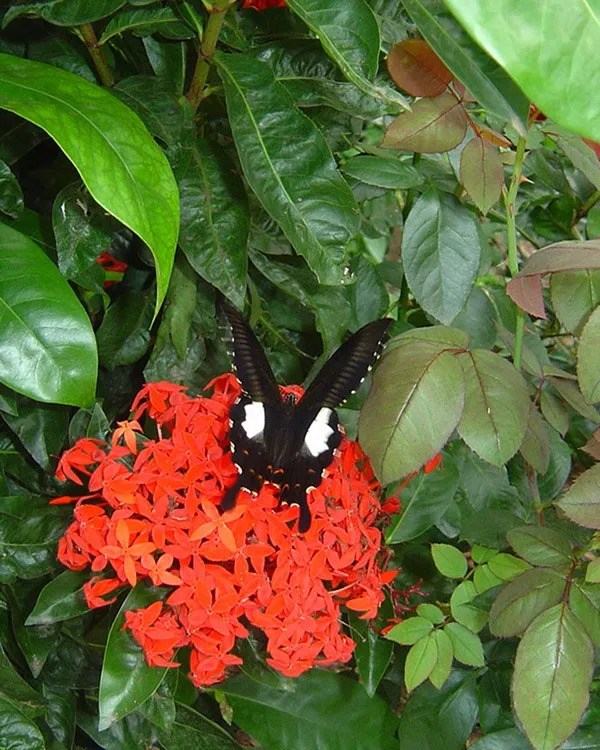


The word butterfly has curious origins. Butterflies get their name from the yellow brimstone butterfly of Europe that is first seen in the early spring or “butter” season? The Anglo- Saxons used the word BUTTERFLOEGE because their most common butterfly was the yellow brimstone butterfly. The spread of the English colonies and their subsequent influence on the natives carried forward in the butterfly tradition. In many languages butterfly means “licker of milk”.
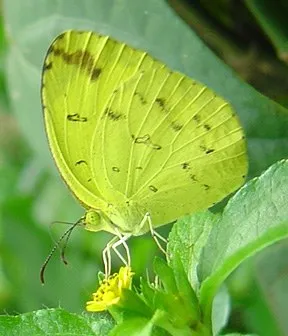
The Russians call them BABOCHKA, meaning little soul. Ancient civilizations have depicted butterflies as little angels or souls, such that when people die, their souls go to heaven as butterflies. The importance of butterflies in many early civilizations is recorded in prehistoric caves and their depiction in pottery and fresco paintings. The best known example is the representation of the goddess Xochiquetzal in the form of a two tailed swallow tailed butterfly. In all irrespective of age, people from all walks of life associate butterflies as friendly and soothing to the eyes, mind body and soul.
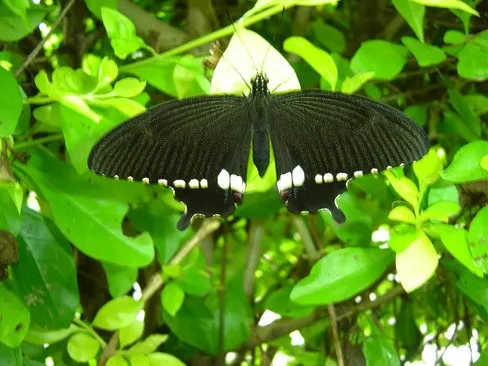
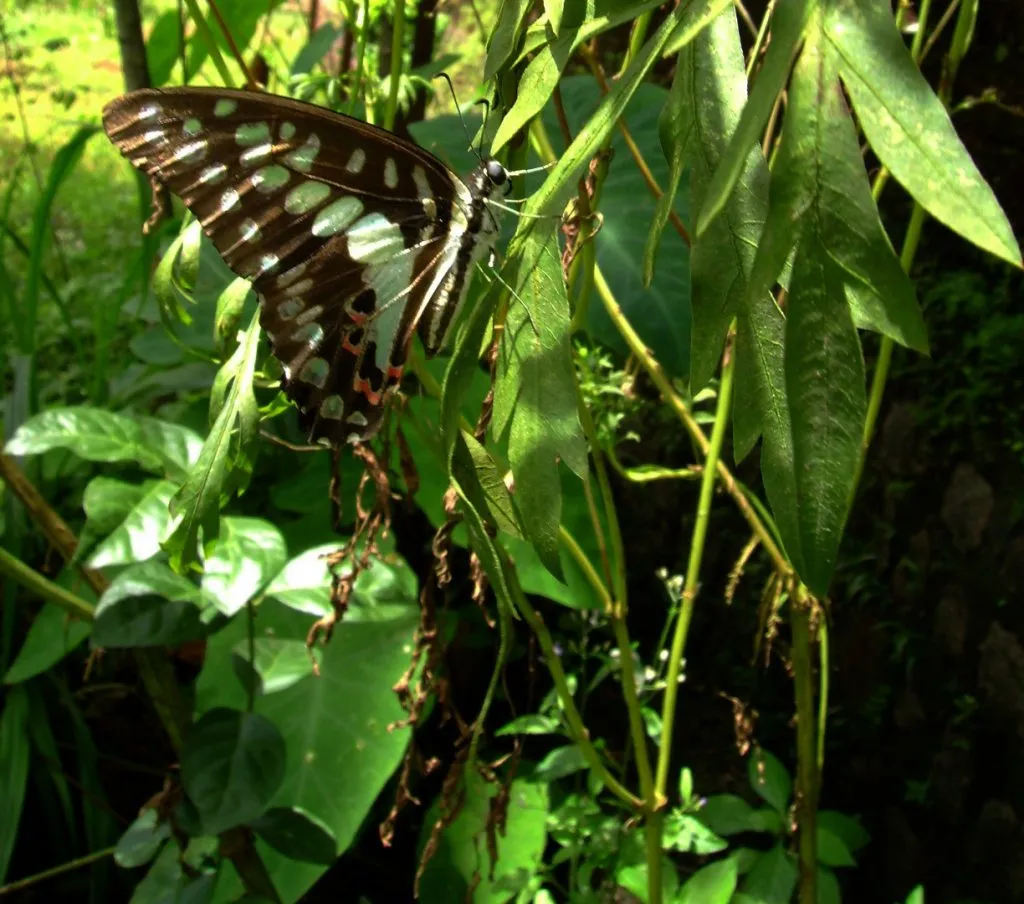
Biologists estimate that worldwide there are about 150,000 different species of butterflies and moths, in which approximately 30,000 belong to the butterfly species. The size of a few species of butterflies range from less than an inch in size to a wing span of about 10 inches. The smallest species are no bigger than a fingernail and the largest swallowtails are larger than the smallest birds.
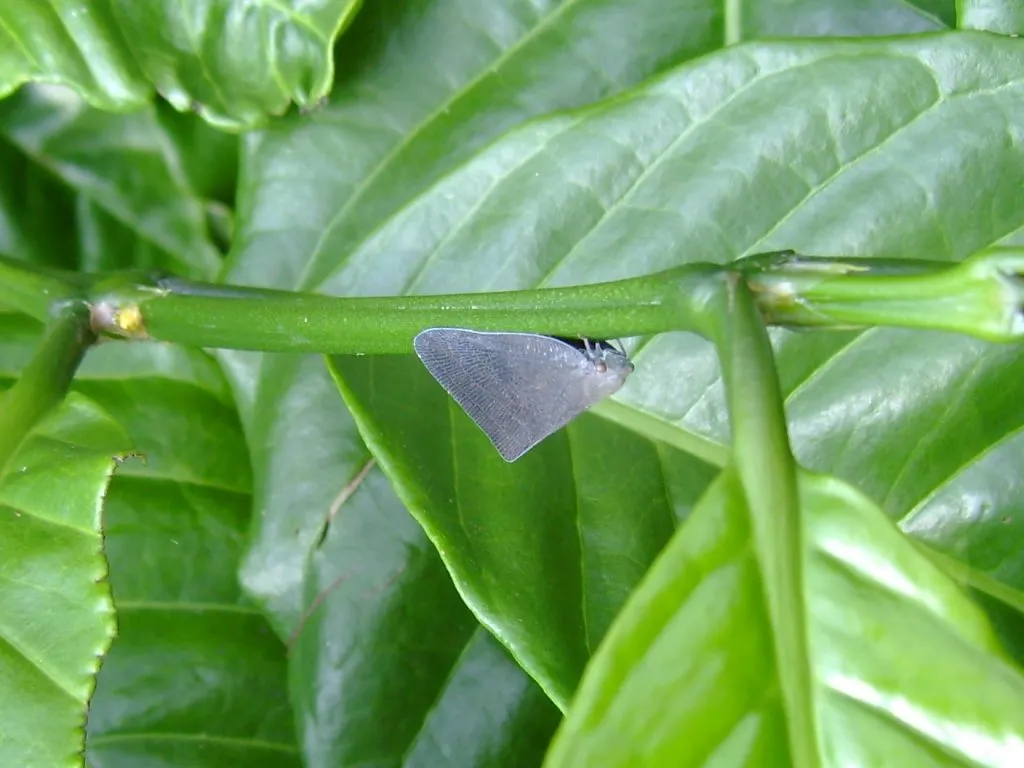
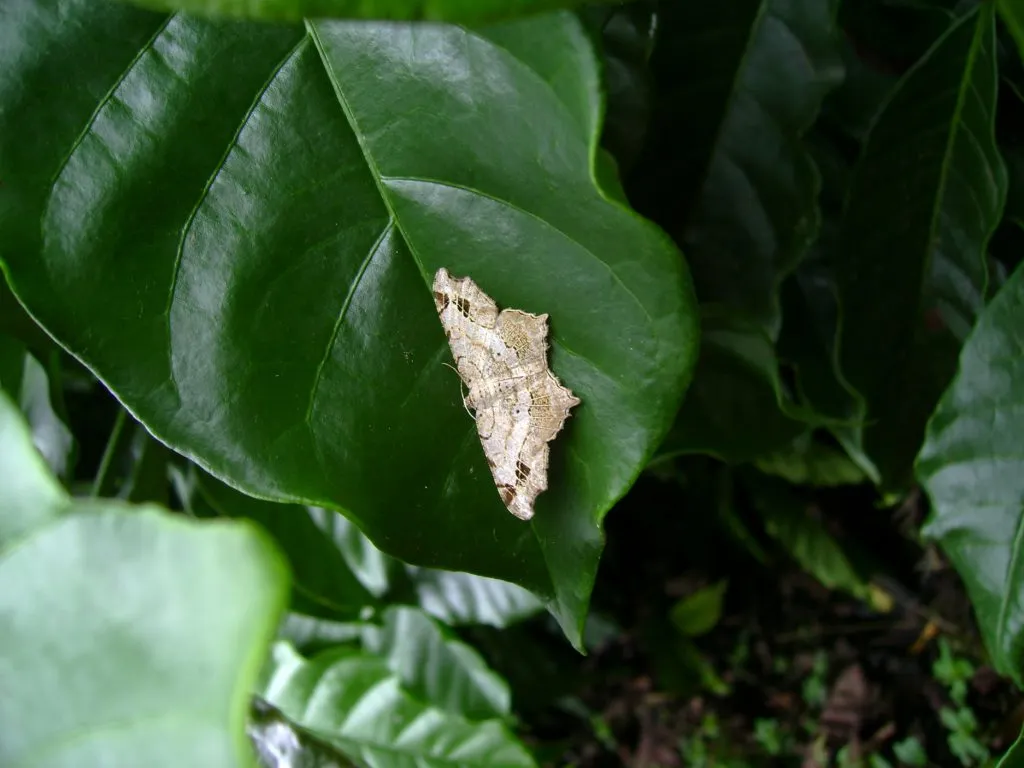
The world’s tiniest known species, the blue pygmy (Brephidium exilis), is found in Southern California and has a wing span of just over half an inch. Both the world’s smallest butterflies occur in peninsular India. The largest species, the New Guineas Queen Alexandria’s birdwing (Ornithoptera alexandrae) can measure up to twelve inches from wingtip to wingtip. The Goliath Birdwing butterfly is the second-largest butterfly in the world.
DIFFERENCES BETWEEN BUTTERFLIES AND MOTHS:
FEATURES
BUTTER FLIES
MOTHS
COLOUR
BRIGHT COLOURS
A LITTLE LESS BRIGHT THAN BUTTERFLIES
BODY SIZE
SMOOTH AND SLENDER
GENERALLY THICKER AND FURRY LOOKING
RESTING WINGS
WINGS POINTED , ERECT & HELD TOGETHER WHILE RESTING
WINGS OPEN & FOLDED BACKWARDS WHILE RESTING
ACTIVITY DAY/ NIGHT
DAYTIME ( DIURNAL)
NIGHT (NOCTURNAL)
FLIGHT PATTERN
ELEGANT
RUSTY
PUPA
PUPATE AS AN UNPROTECTED CHRYSALIS HANGING FROM A BRANCH OF A TREE.
PROTECTED BY A COCOON.PUPATE UNDERGROUND OR ON THE GROUND.
ANTENNAE
CLUB LIKE WITH A SWOLLEN TIP
FEATHERY OR POINTED
The largest moth, The Atlas Moth (Attacus atlas) has a wingspan of 1 foot (30 cm). The smallest moth, the Nepticulid moth is 0.1 inch long. Destruction of its habitat is threatening this beautiful creature with extinction.
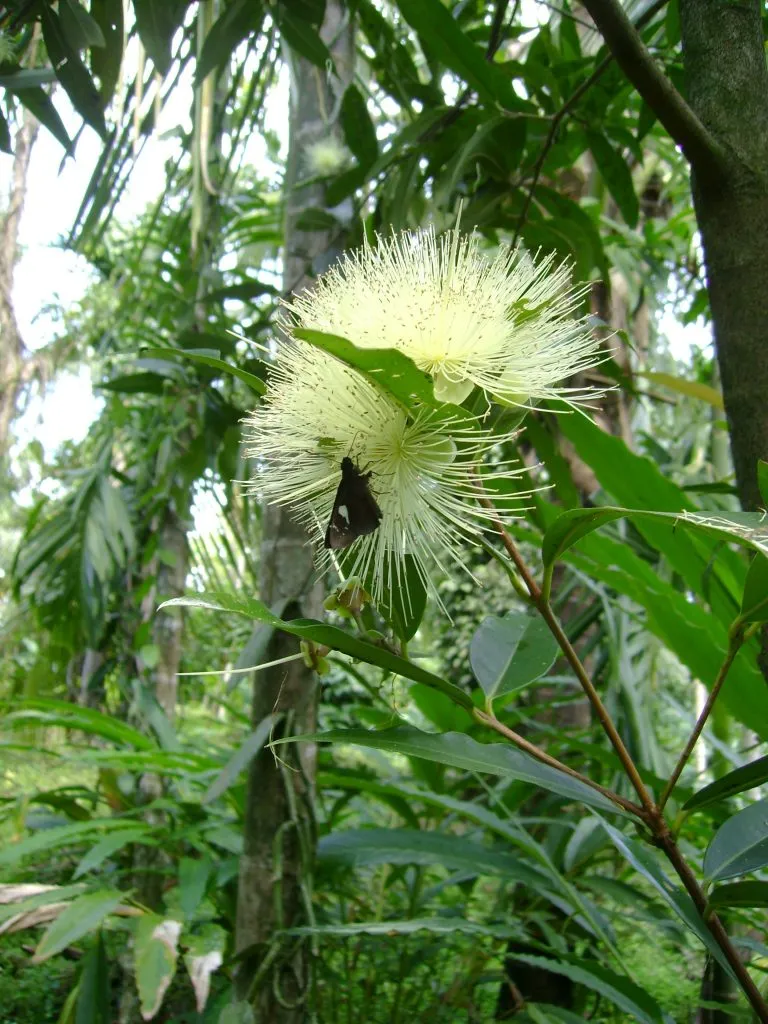
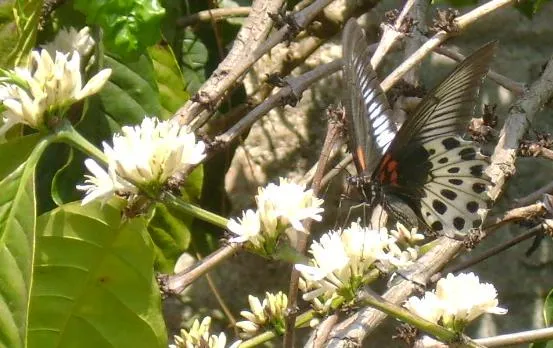
Butterflies provide aesthetic appeal and are connected with all plants and crops at all stages of their life cycle. Few are aware of the crucial role the butterfly plays in pollination of a large portion of economically important crops and flowering plants, which is second only to the honeybee. They pollinate about 75 per cent of staple crops in the world and 80 per cent of all flowering plants. The economic value of pollination is about $ 200 billion. Scientific studies have proved beyond doubt that pollinators account for 12% of the value of world wide agricultural production.
LIFE CYCLE OF A BUTTERFLY
STAGE-1: MATING

STAGE:2 EGG LAYING BENEATH THE LEAF SURFACE
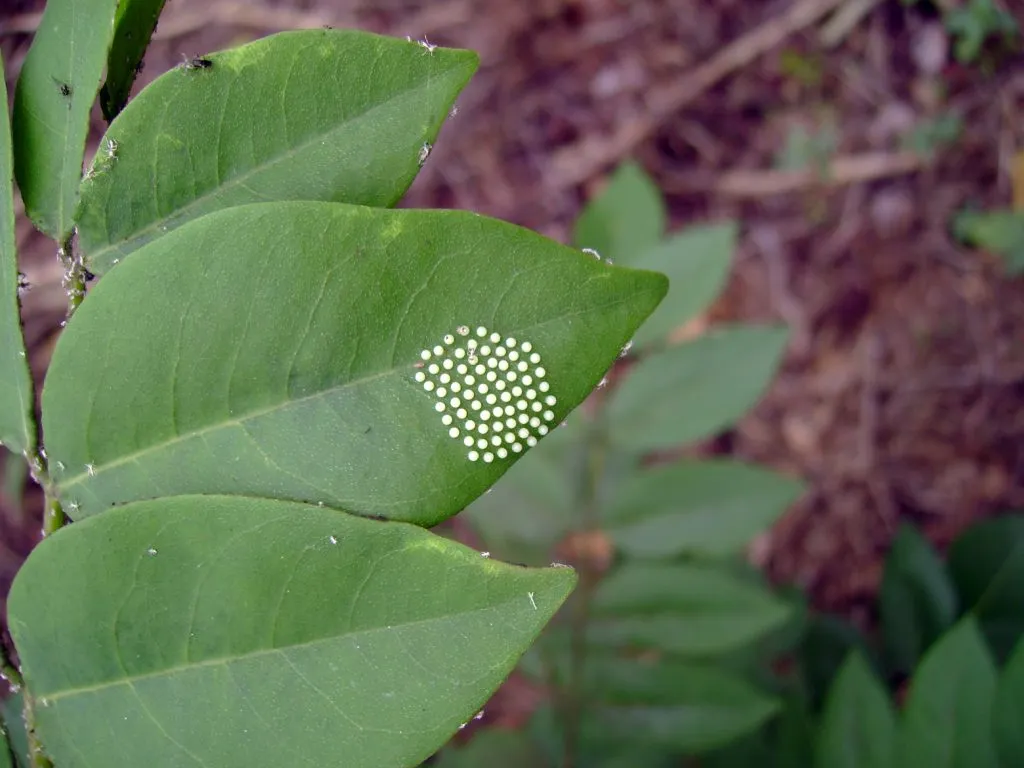
STAGE:3 LARVA (CATERPILLAR)
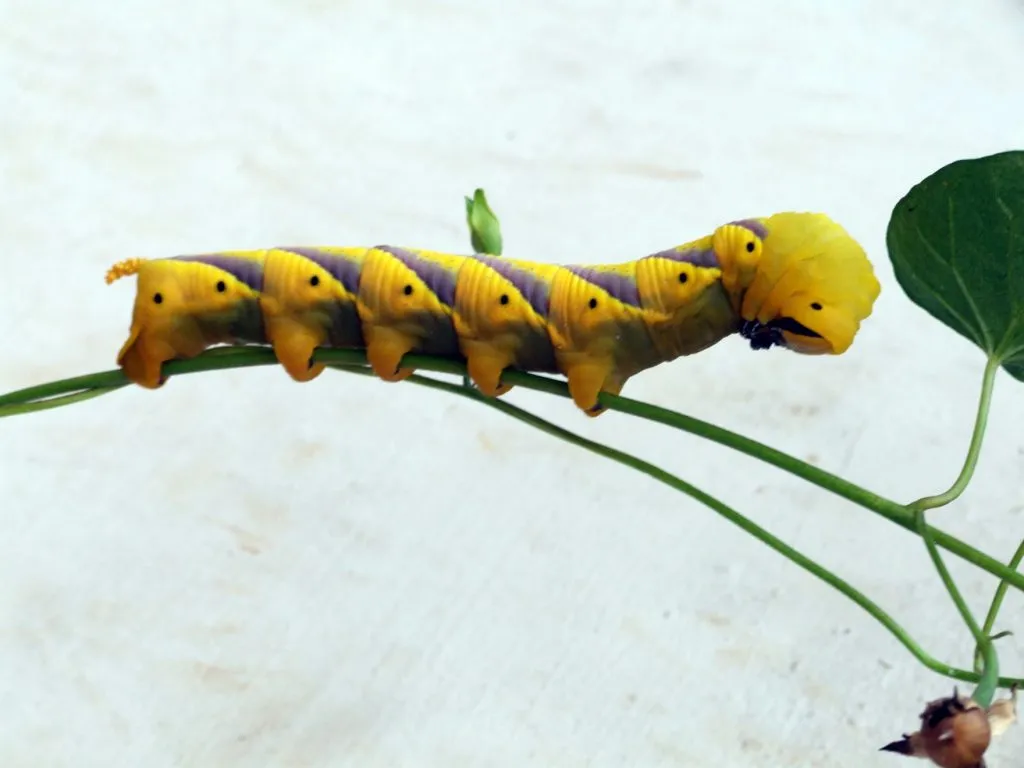
STAGE: 4 PUPA (CHRYSALIS)
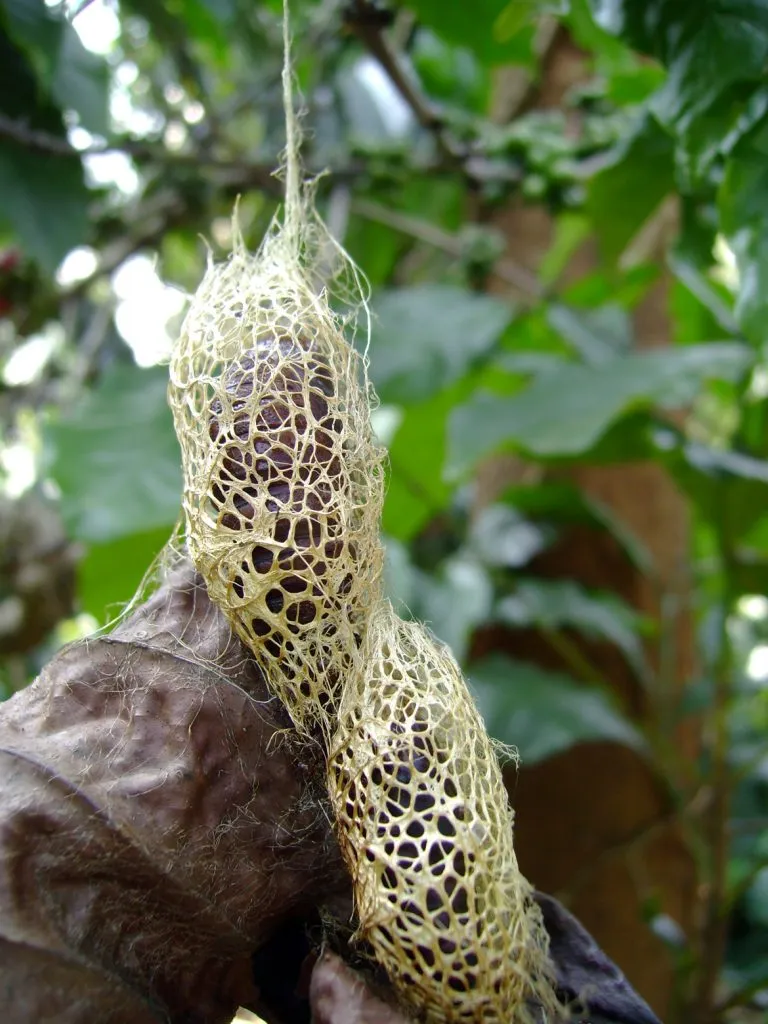
ADULT BUTTERFLY

BENEFICIAL ASPECTS OF BUTTERFLIES
Butterflies are categorized as keystone species, which enable many smaller species of insects to thrive and reproduce in an ecosystem. In simple terms, it denotes that conservation of butterflies, also conserves, other species of insects. In fact, the basic health of our ecosystem is directly dependent on the number of butterfly species.
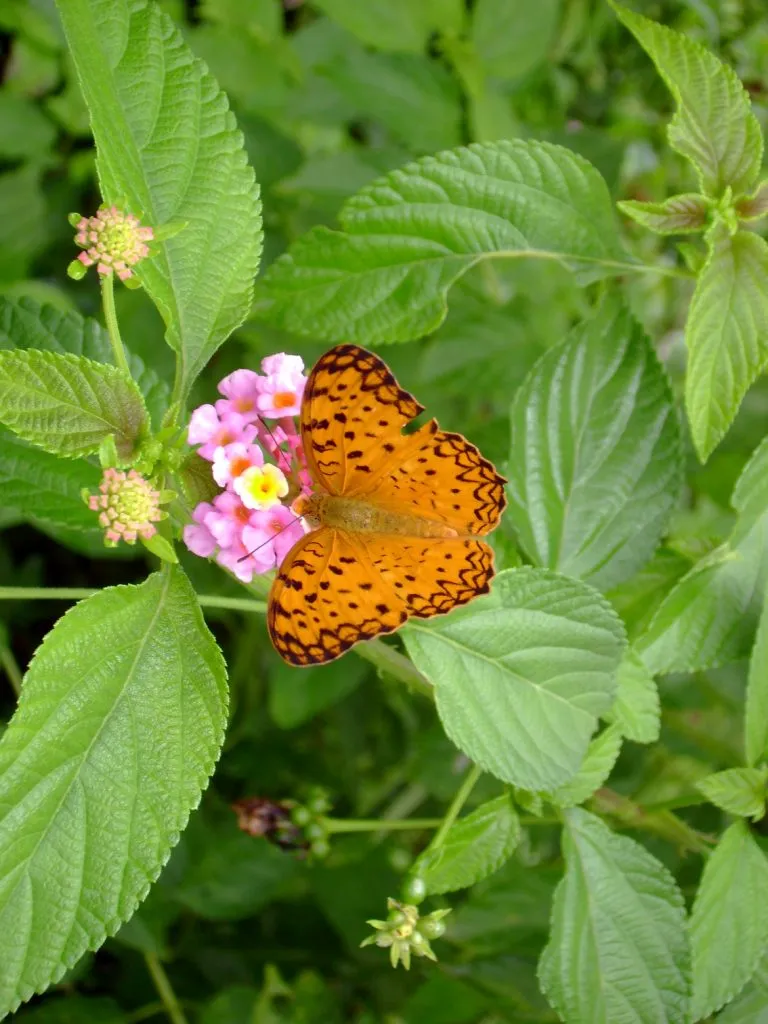
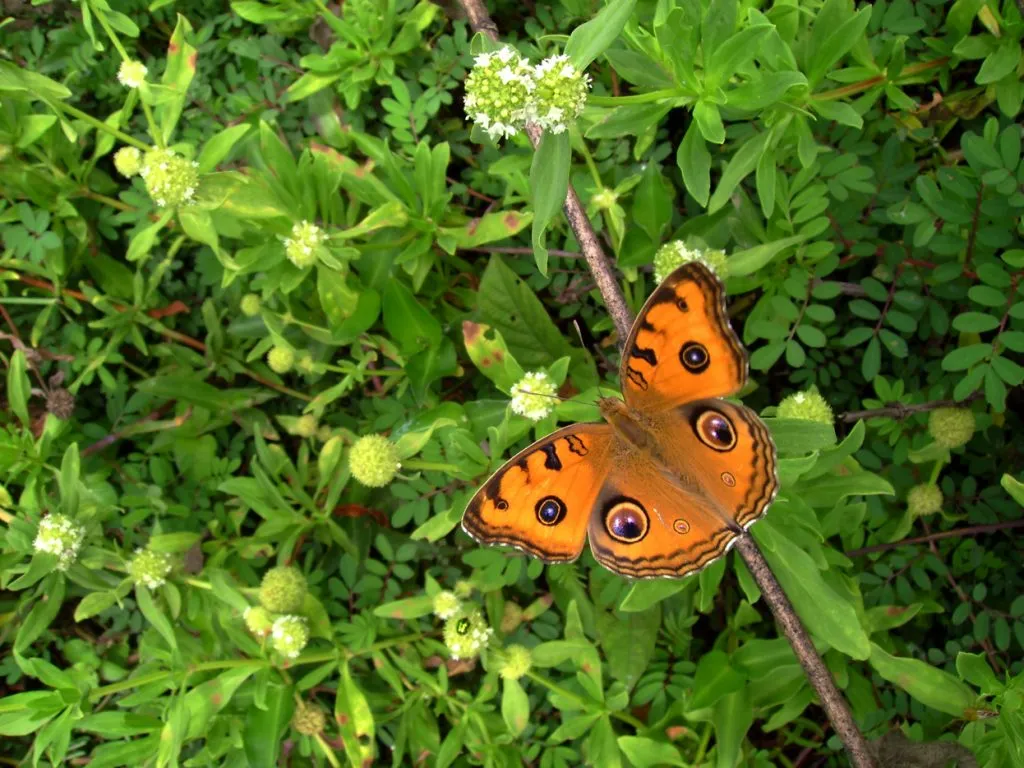
- Butterflies act as indicators in monitoring environmental health.
- Play an important role in food chains and food webs.
- Excellent pollinators
- Bio control of weeds
- Butterflies are very sensitive to pollution and have been used as bioindicators to detect the pollution levels.
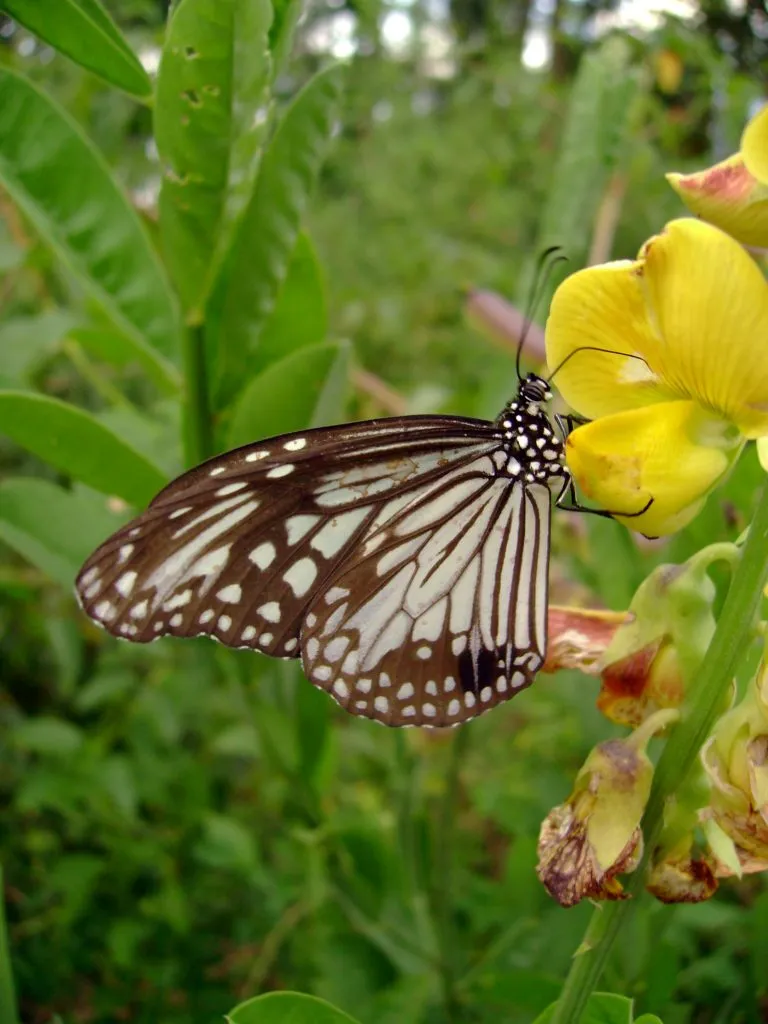
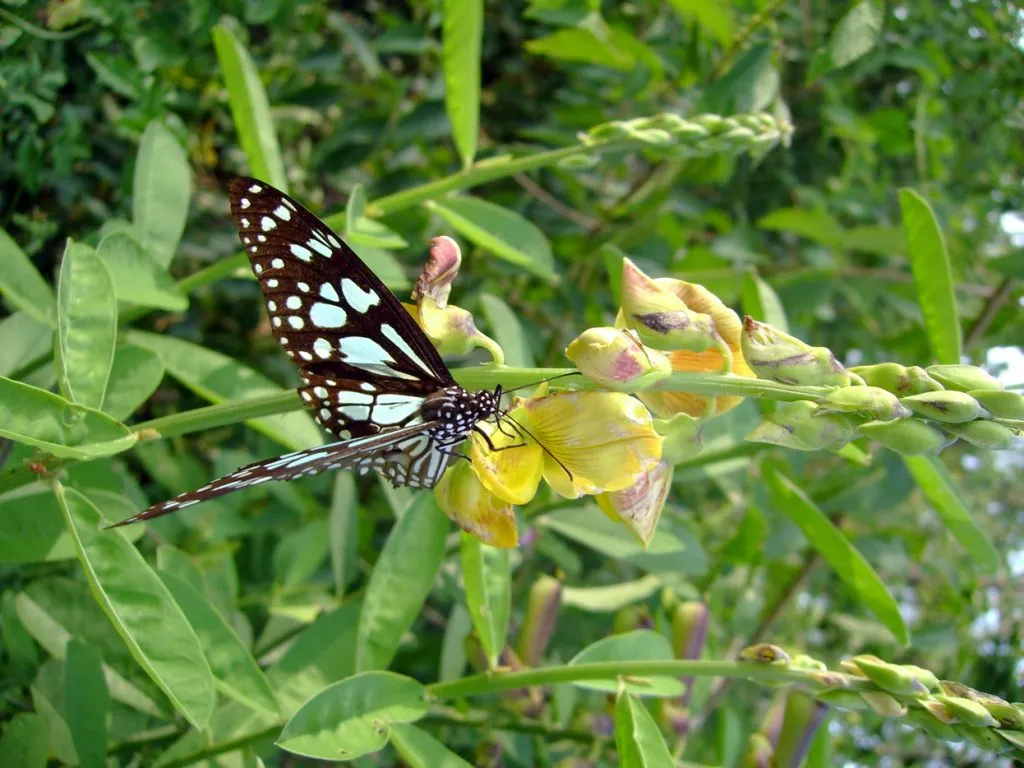
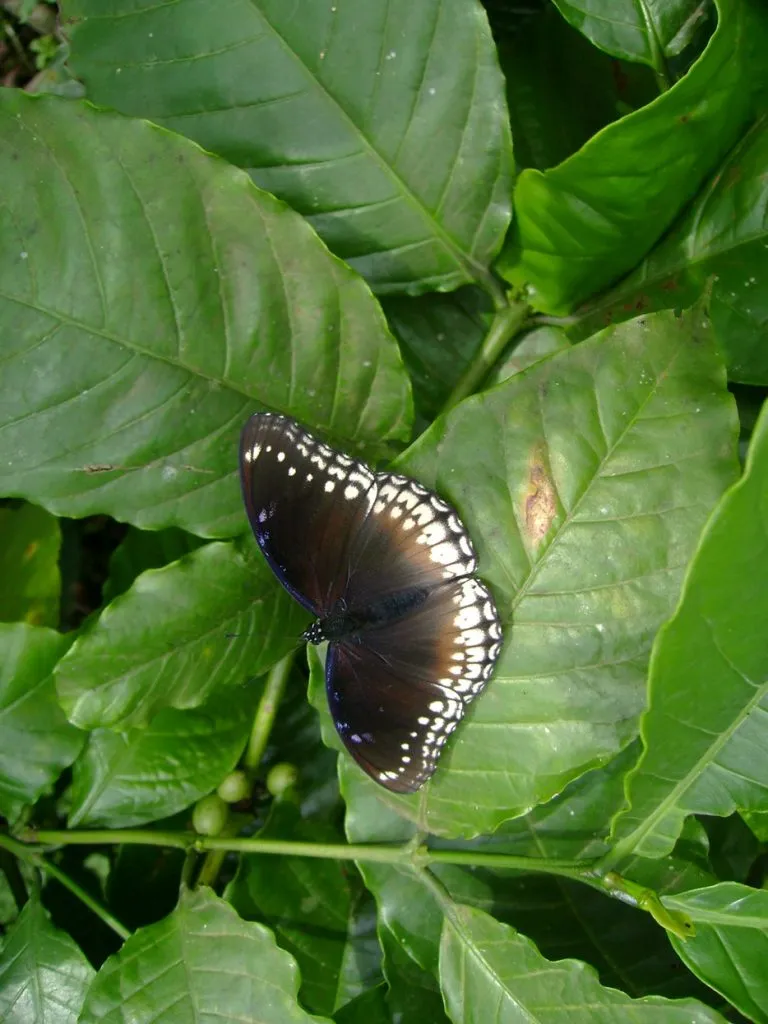
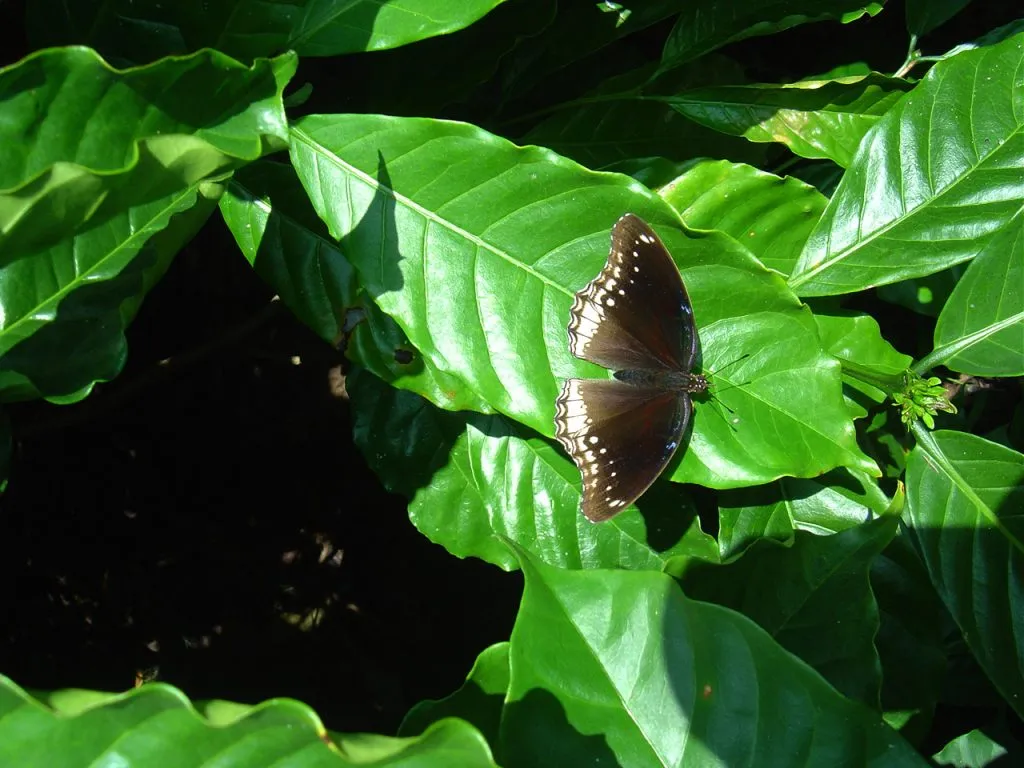
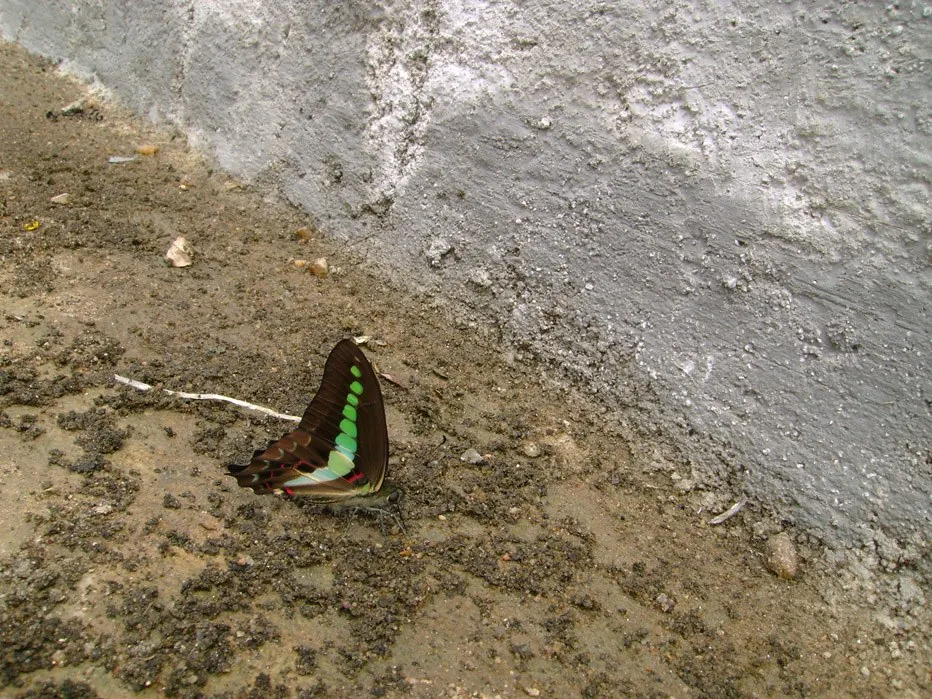
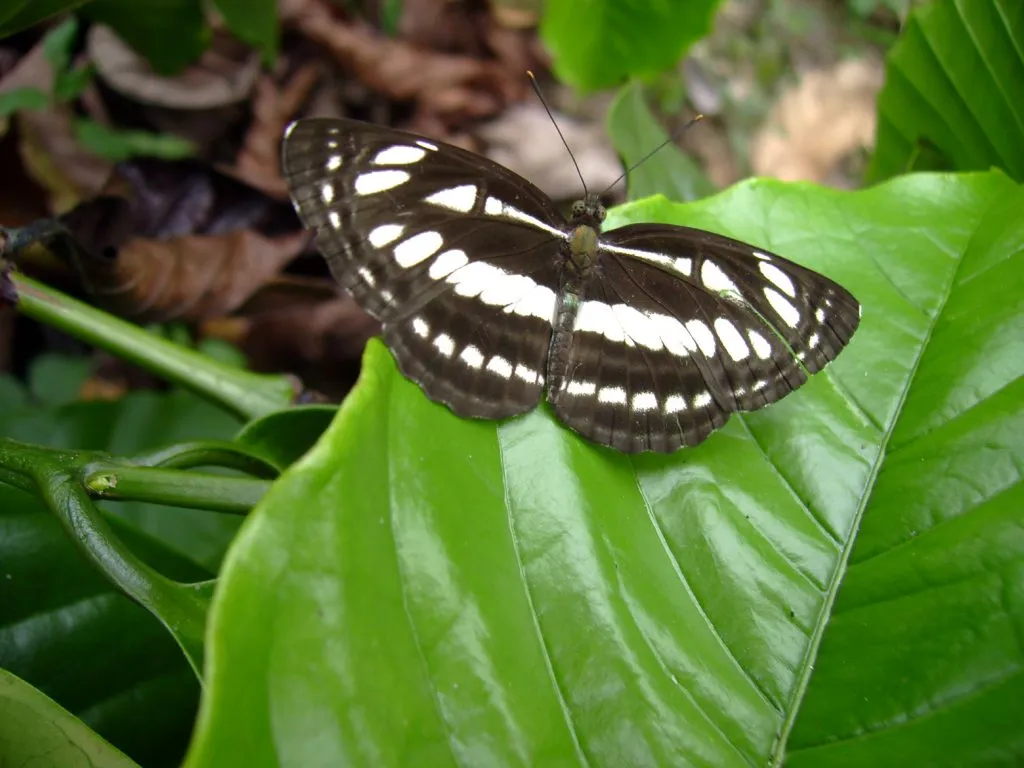
BUTTERFLY MIGRATION:
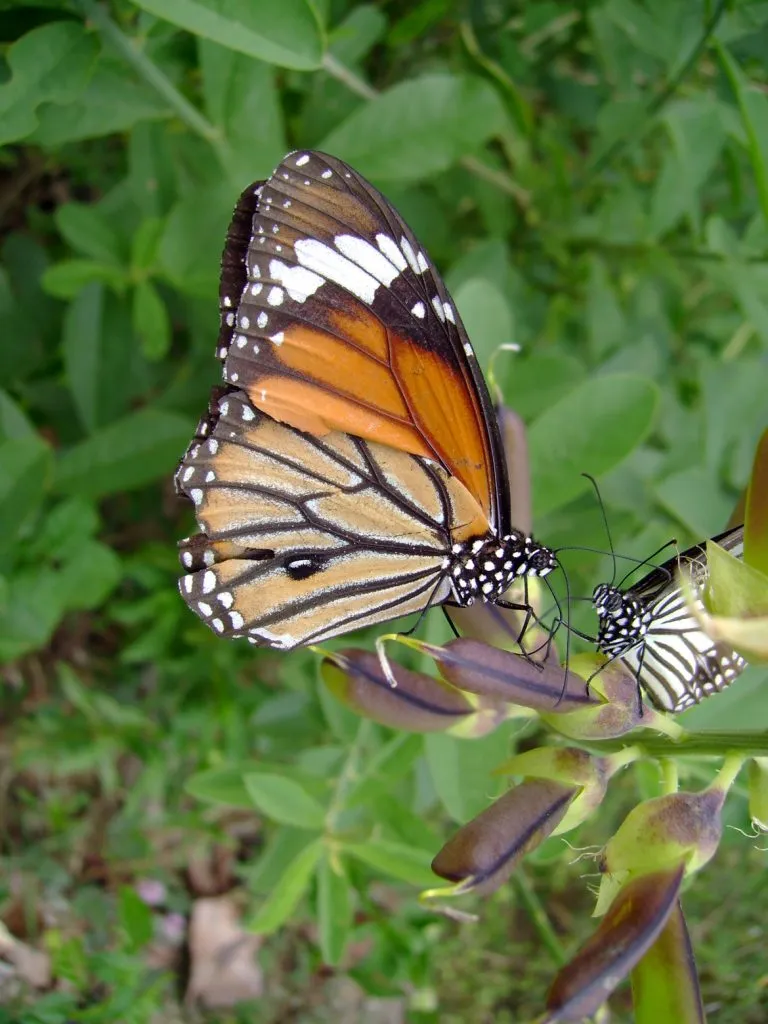
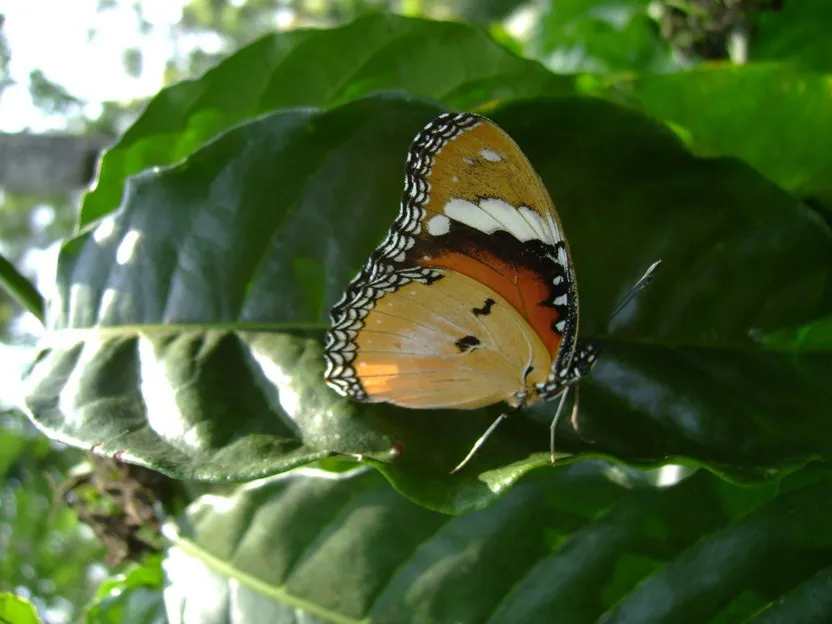
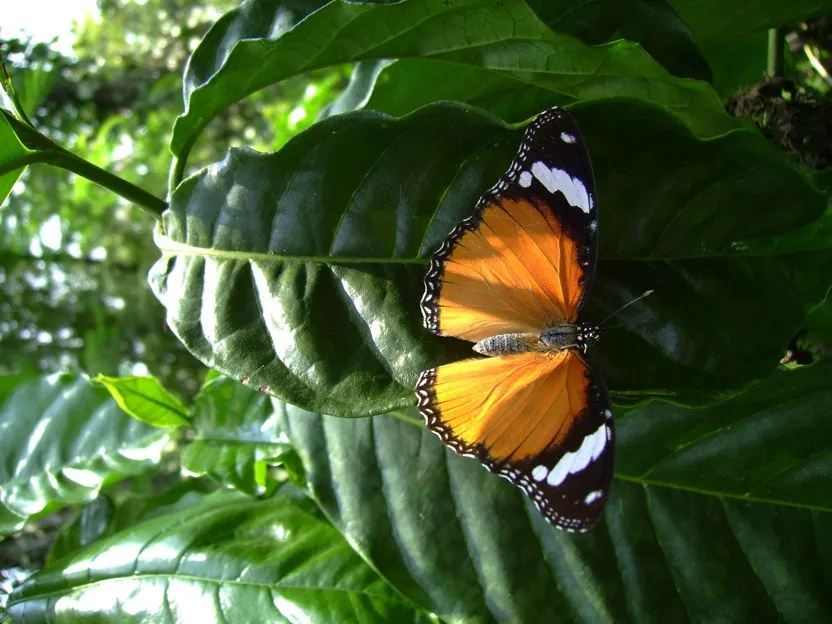
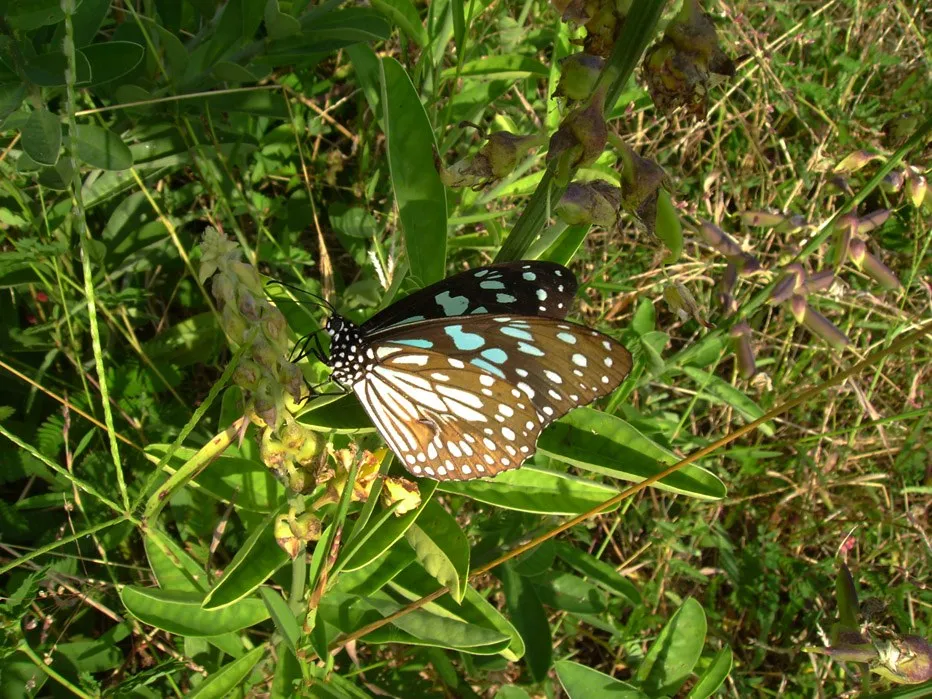
Butterfly migration is indeed an amazing and unique phenomenon. Resident species travel short distances to avoid adverse conditions. Many species of butterflies migrate thousands of miles, especially the Monarch species. The annual migration of the monarch butterflies between Mexico and the U.S.A. and Canada covering a trip of 4000 Miles is indeed a great wonder of the natural world. To date biologists have yet to solve the mystery pertaining to migration. Birds orient themselves with the help of stars, landmarks and the influence of the earth’s magnetic field. However, butterflies with their rudimentary evolution traverse thousands of miles are something difficult to comprehend.
BUTTERFLY and MOTH SMUGGLING:
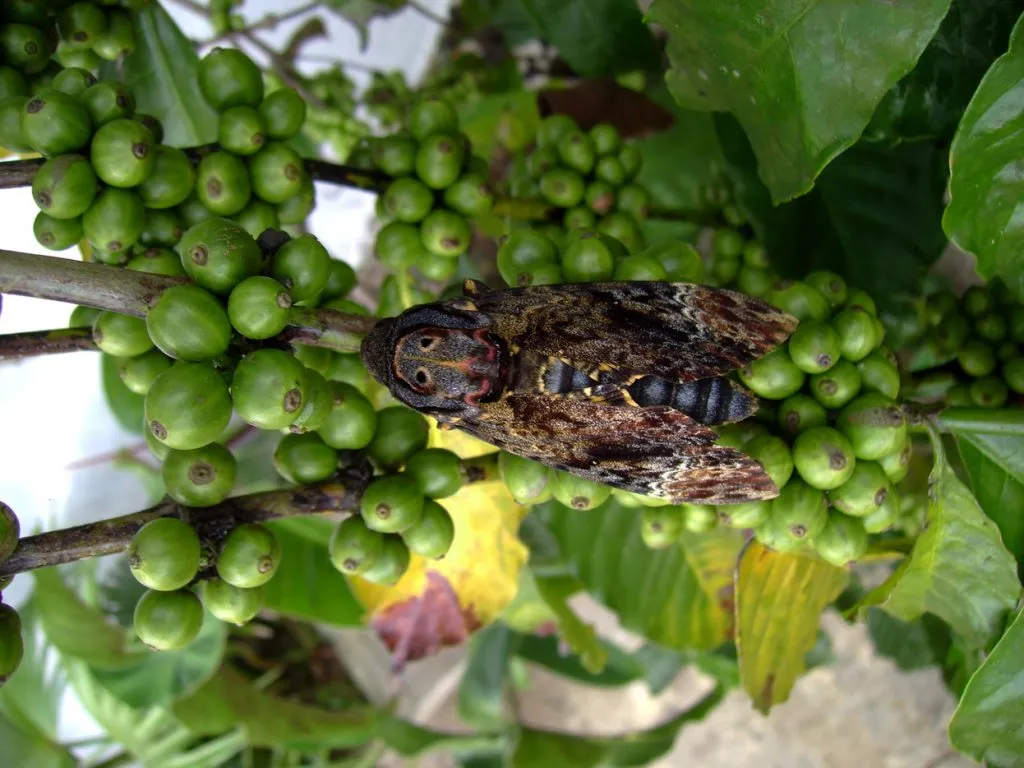

A global network of poachers and smugglers are wiping out threatened species of butterflies & moths. Smugglers entice the locals and school children by paying them rupees fifty for every butterfly or moth they catch. They are then killed, dried and used in greeting cards, wall plate hangings and for other ornamental and decorative purposes.


In the international market some species of butterflies like the bird wing butterfly found on the Tiger hill of Jammu and Kashmir is sold at $2500. The yellow color in the wings of some species is permanent and is used in gold ornaments. The most endangered species are the giant swallowtail Papilio homerus, whose velvety black and gold wings are highly prized as decorative agents.
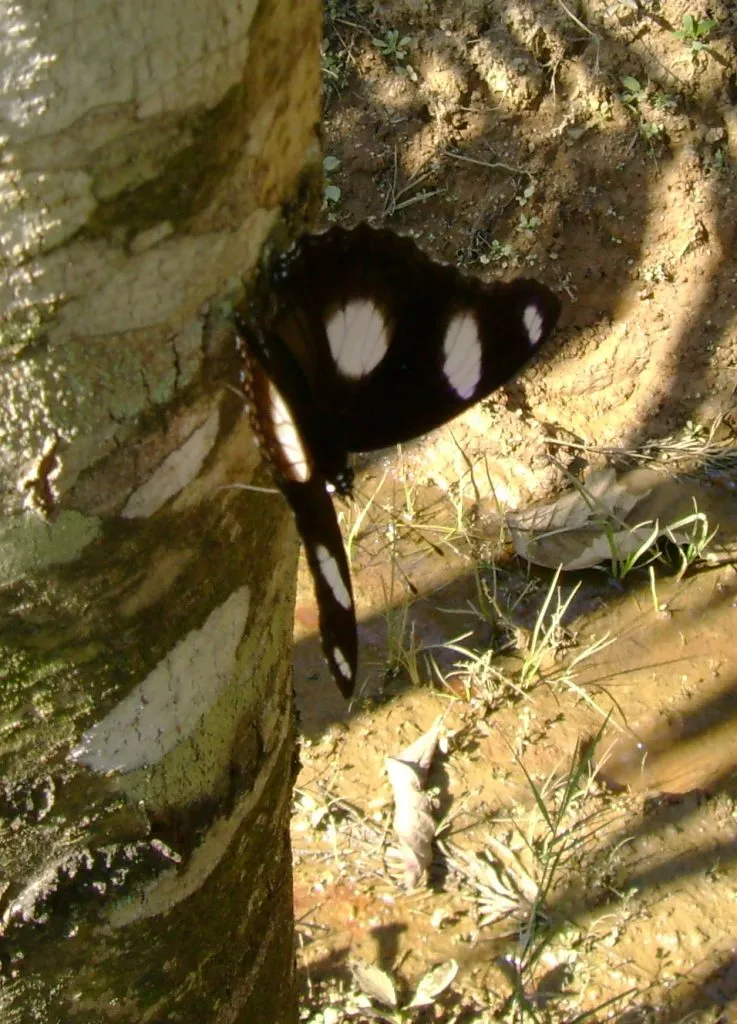
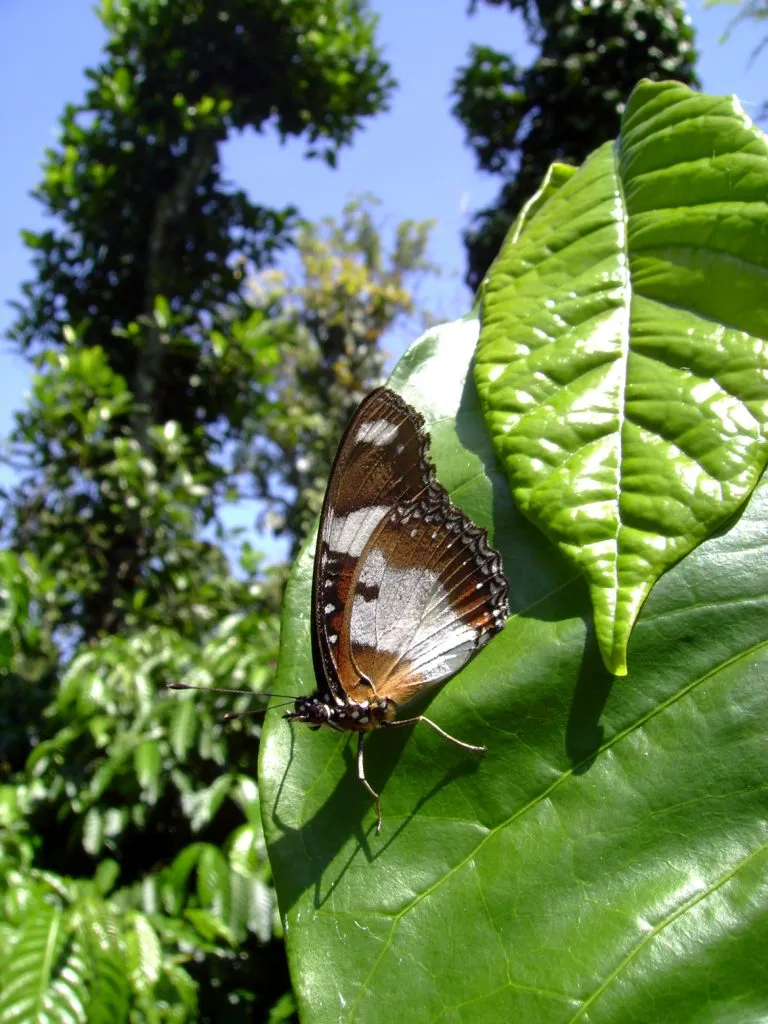
In spite of butterflies being protected by International and National laws, butterfly smuggling is rampant in India, especially from the Western Ghats. Lack of expertise in the identification of butterflies (ENDANGERED, RARE, THREATENED SPECIES) helps smugglers get away. Such lacuna in the system needs to be corrected with immediate effect. Believe it or not, trade in endangered species (including wildlife) is worth an estimated 15 billion dollars a year.
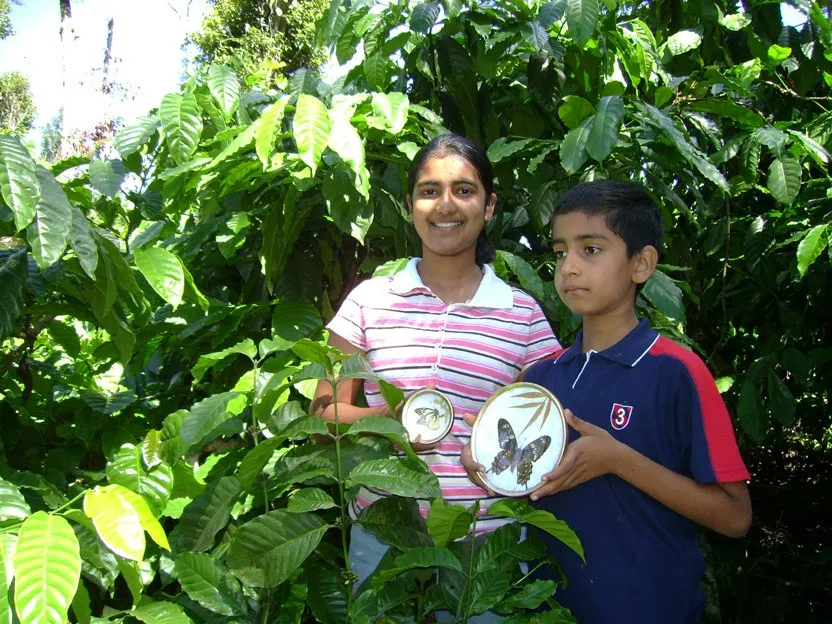
Payal and Nihal J Pereira with the help of posters and miniatures are creating an awareness programmee in and around the coffee zones; educating the local farmers to resist the temptation of butterfly smuggling. Parents can play an important role in inspiring their children to be guardians of nature.
WHY BUTTERFLIES LOVE SUNLIGHT AND ARE COLOURED:

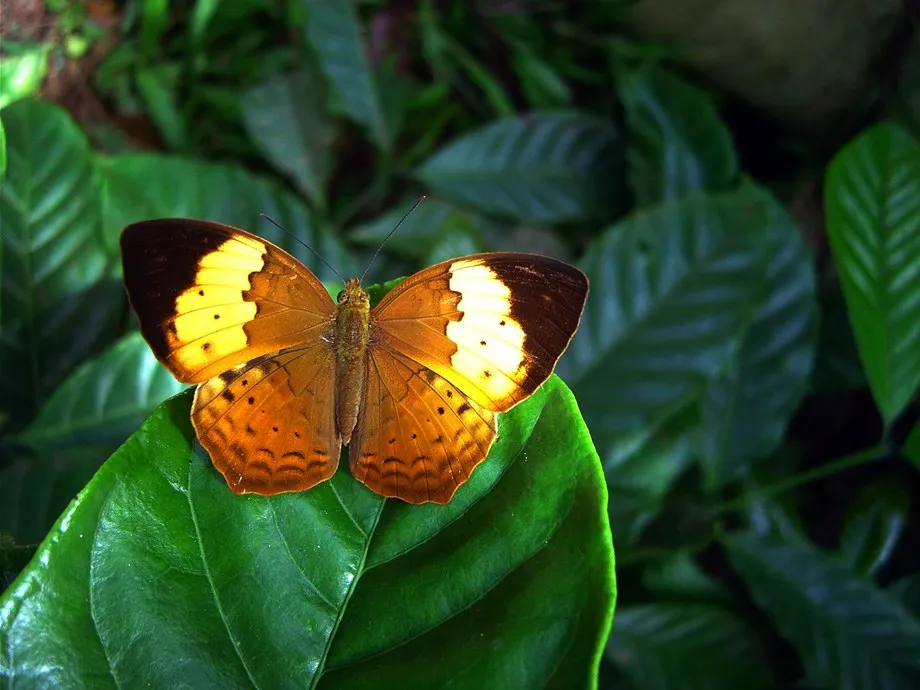
Butterflies are cold blooded insects. In simple terms they do not generate enough heat from their own metabolic activities to provide them with the heat and energy needed to fly. They rely on the heat absorbed from the sun. It is for this very reason that they often bask in the sun with wings outstretched. Butterflies can only fly if their body temperature is above 86 degrees Fahrenheit.
FACTS
- The fact of the matter is that most butterfly species have an average lifespan ranging from 20 to 40 days. A few species may live up to nine months.
- Butterflies are found world wide except on the continent of Antarctica.
- Butterflies can only see the colors red, green and yellow.
- Most butterfly species are dark colored because they need to absorb heat from the surrounding environment.
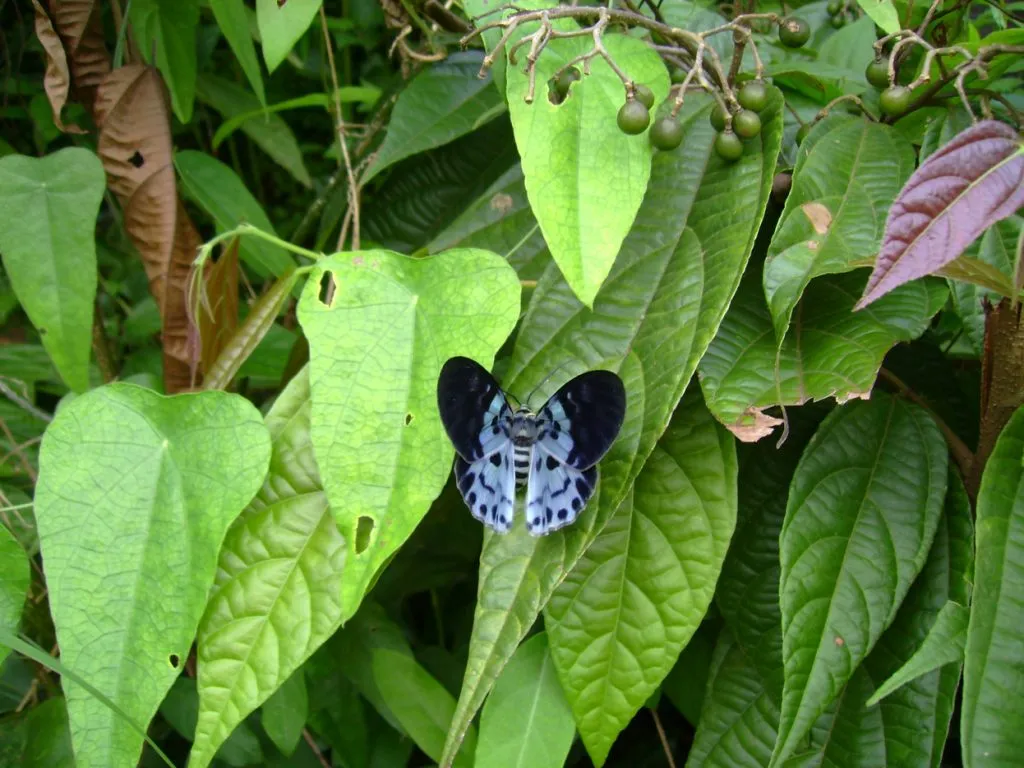

- Caterpillars spend most of their time eating leaves using strong mandibles (jaws). A caterpillar’s first meal, however, is its own eggshell. A few caterpillars are meat-eaters; the larva of the carnivorous Harvester butterfly eats woolly aphids.
- Butterflies do not have any chewing mouth parts. They are gifted with a tubular straw like appendage known as proboscis which enables them to sip nectar. Butterflies “smell” with their antennae and taste with their feet.
- Butterflies are one of the few creatures on earth that can orient themselves both in latitude and longitude.
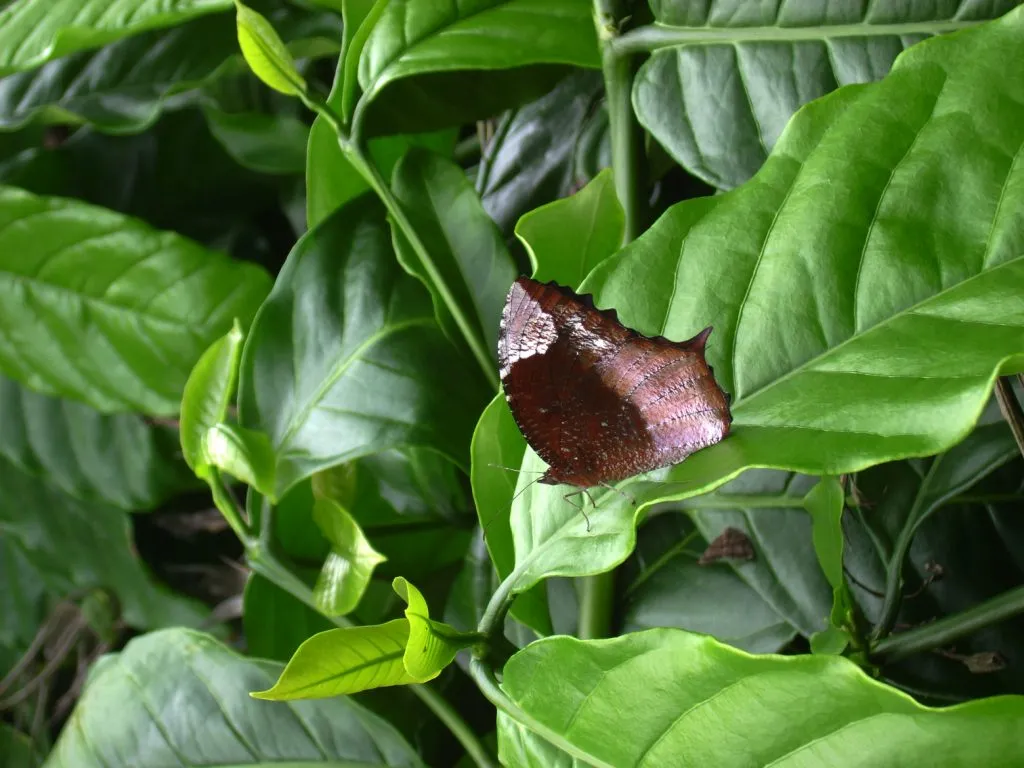
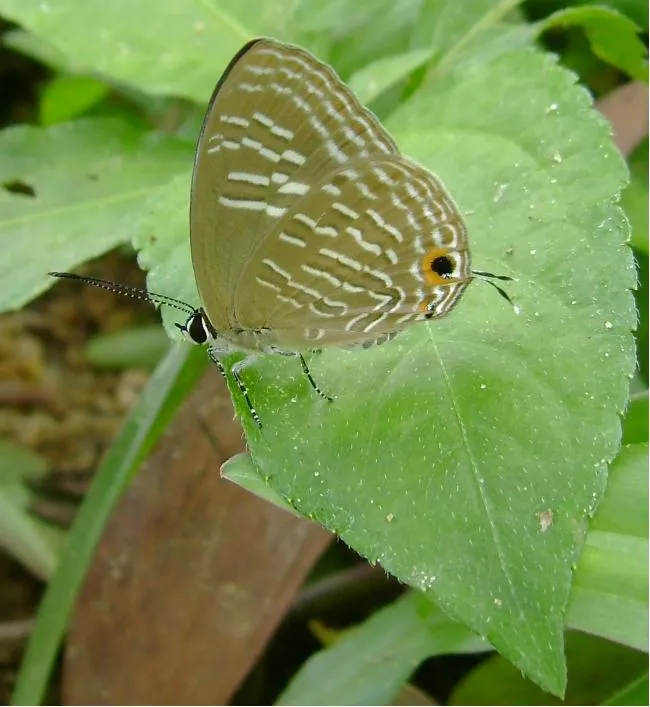
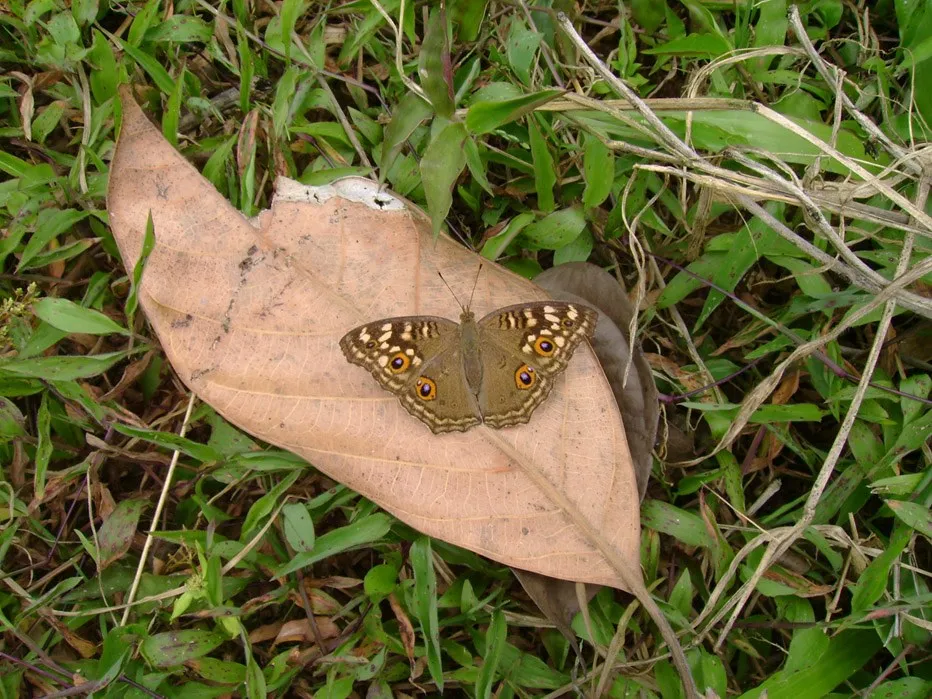
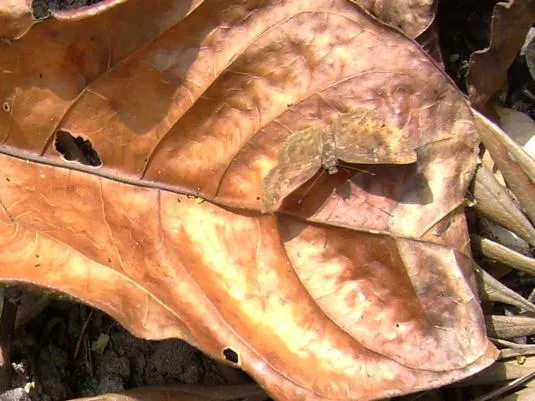
- Male butterflies attract females by releasing pheromone chemicals (scent) from their abdomen.
- Butterflies and moths are picky in choosing leaves for egg laying.
- Butterflies and moths are picky in choosing leaves for their diet.
- When folded, a butterfly’s wings are usually much less colorful, providing instant camouflage from would-be predators.
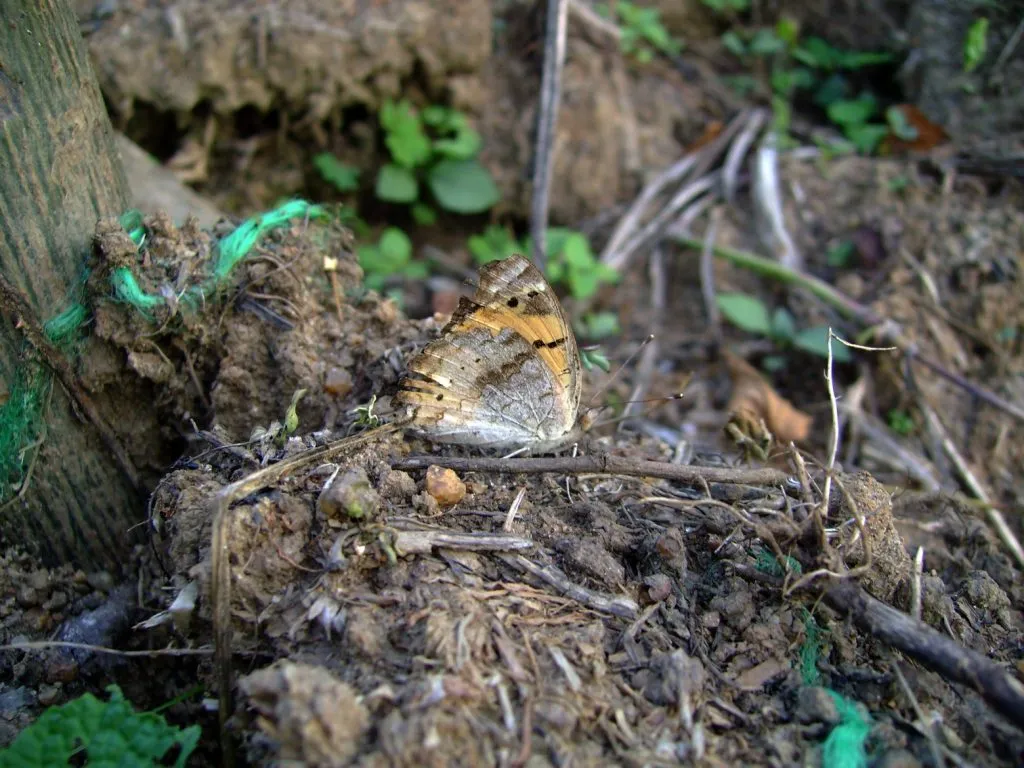
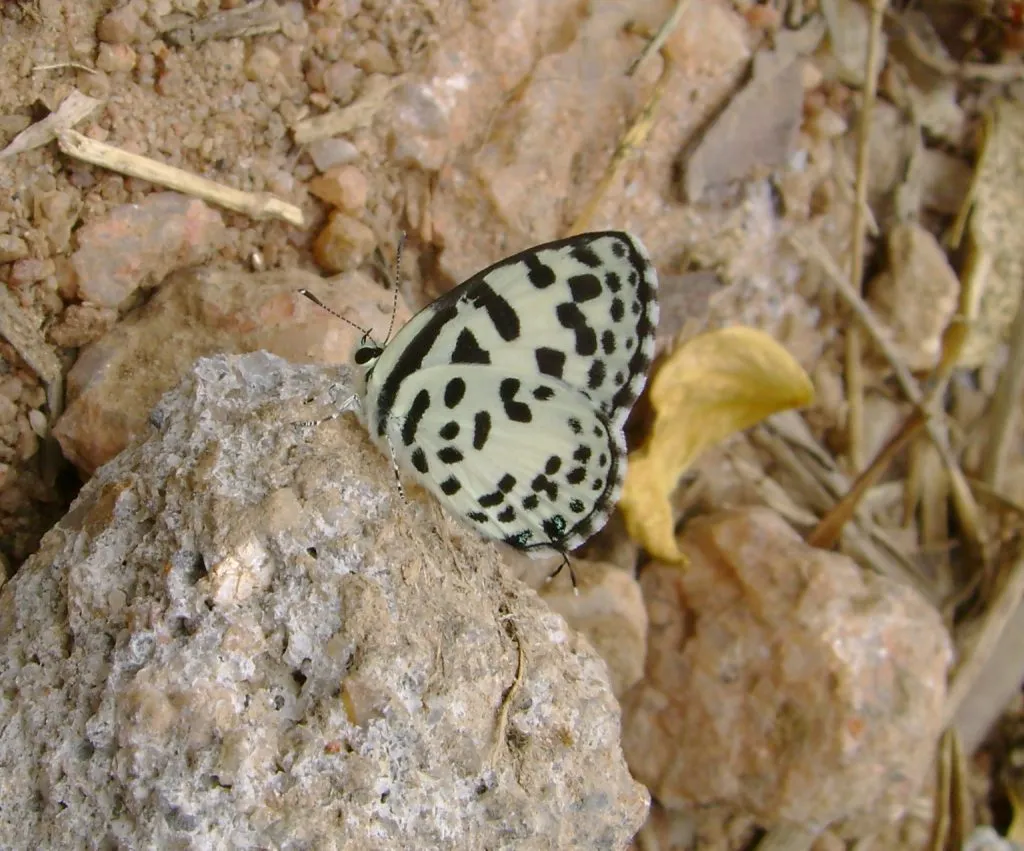
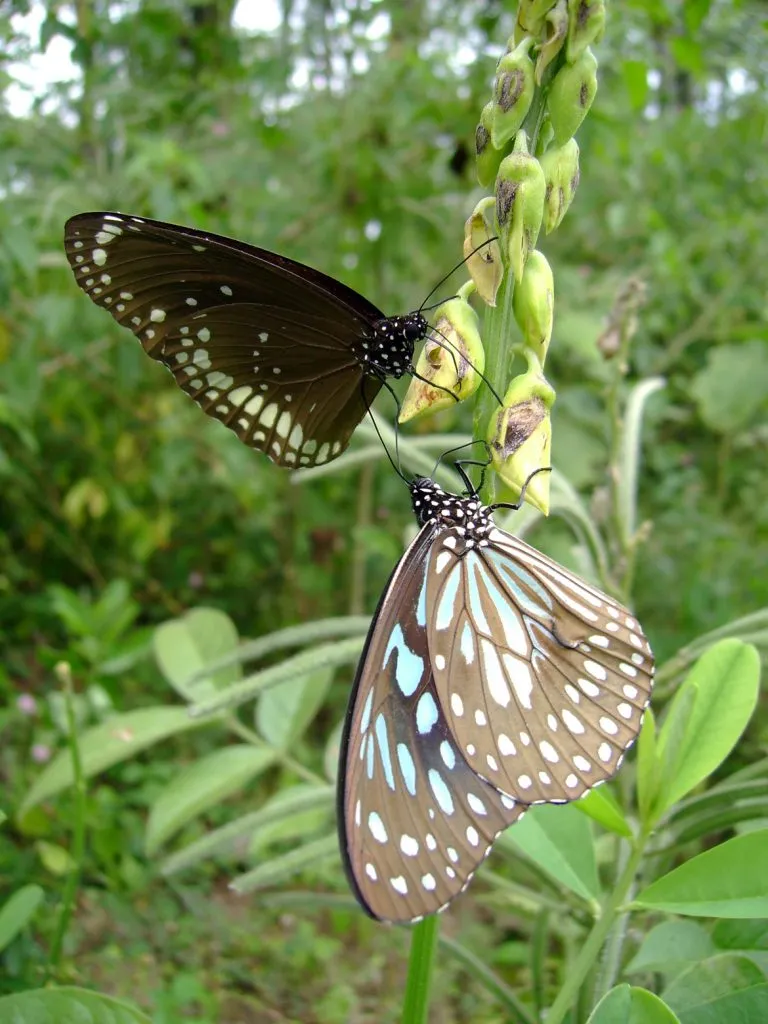

- The earliest butterfly fossils are from the early Cretaceous period, about 130 million years ago. Their development is closely linked to the evolution of flowering plants (angiosperms)
- Butterflies are the only insect that has scales. Butterfly scales contains pigment, which in combination with light refraction gives butterflies their colors.
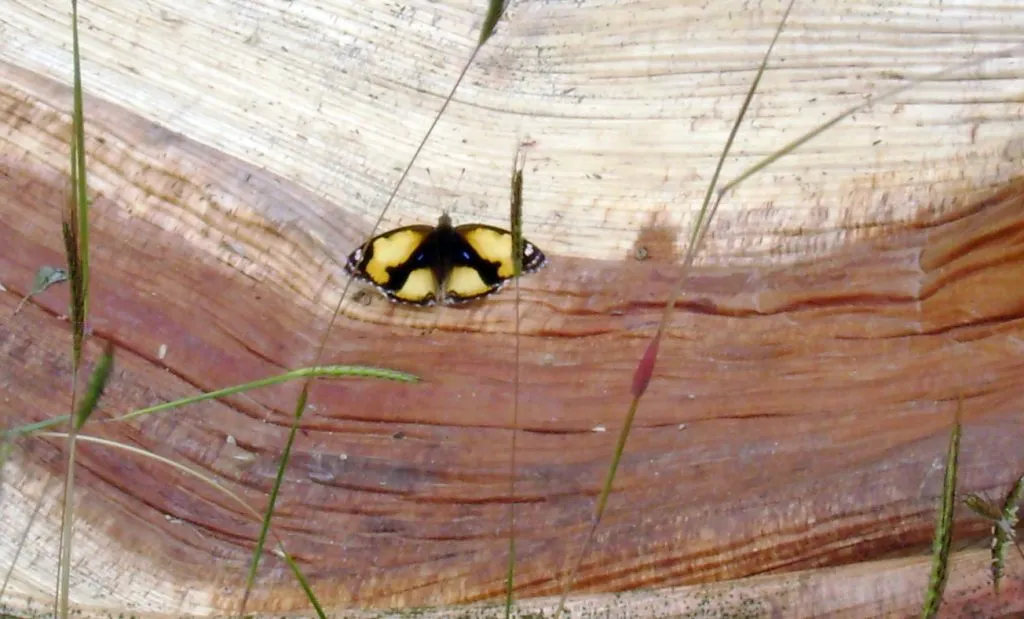
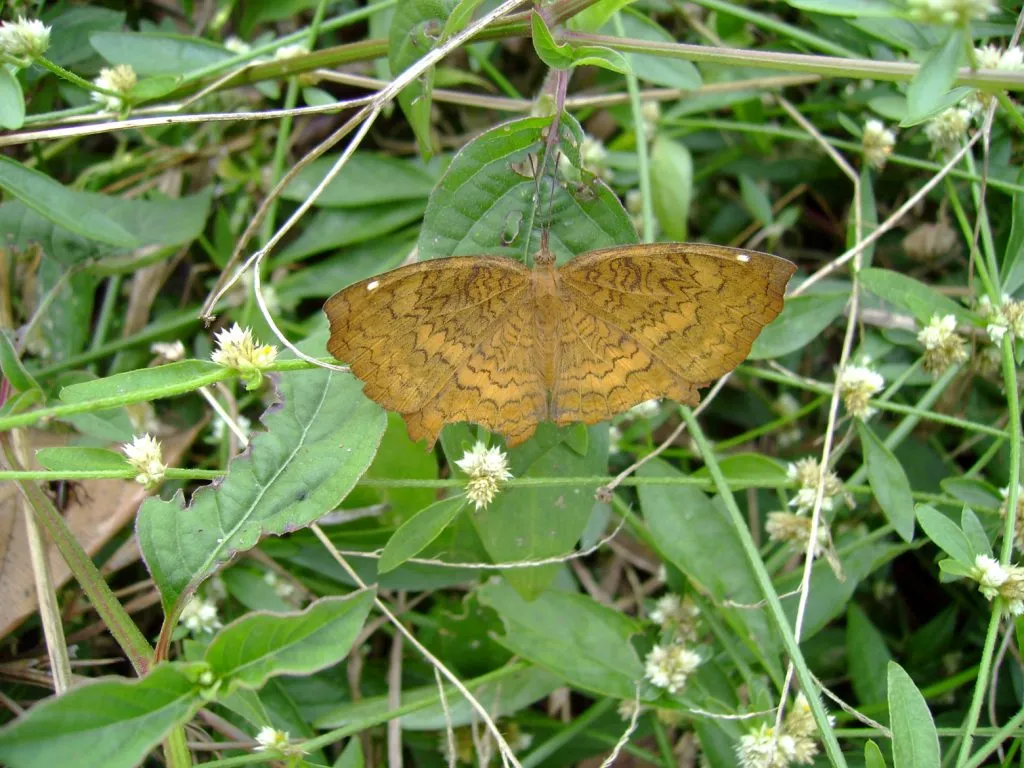

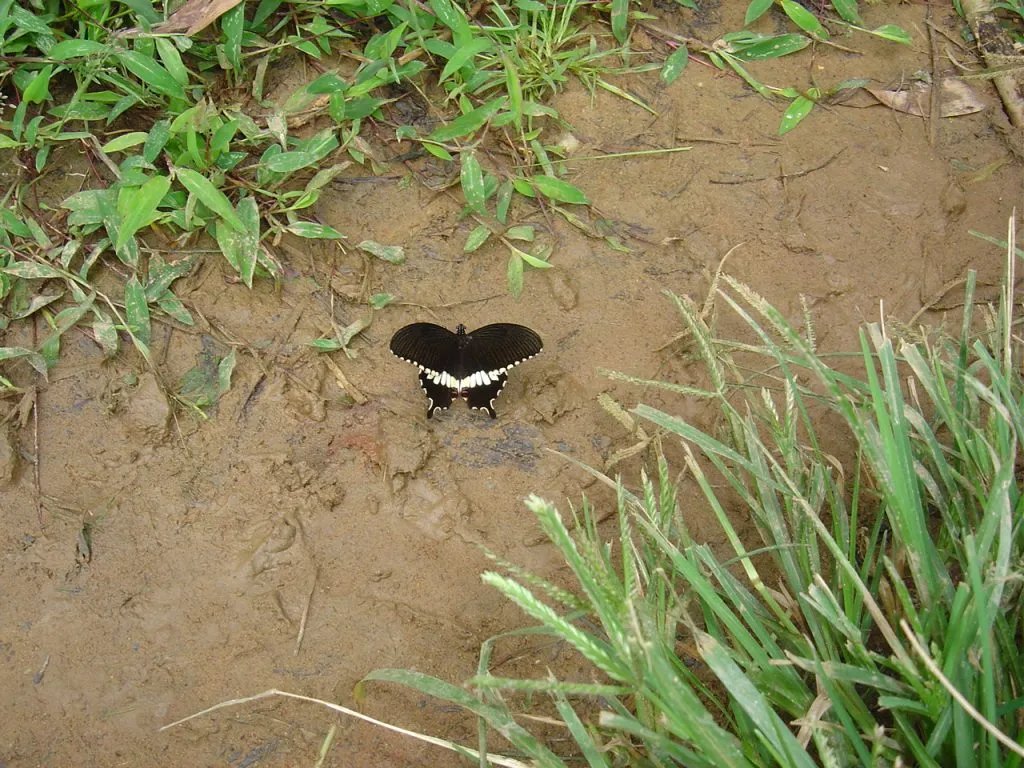
- Moth species outnumber butterfly species by 16-to-1.
CONCLUSION
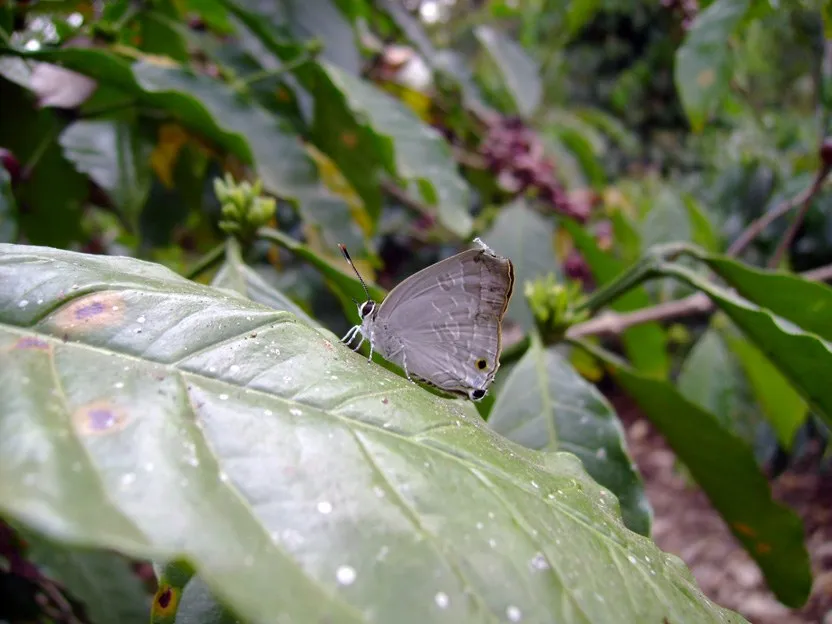
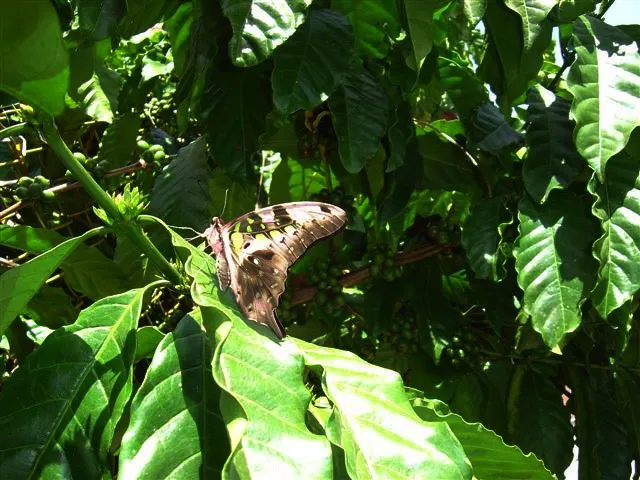
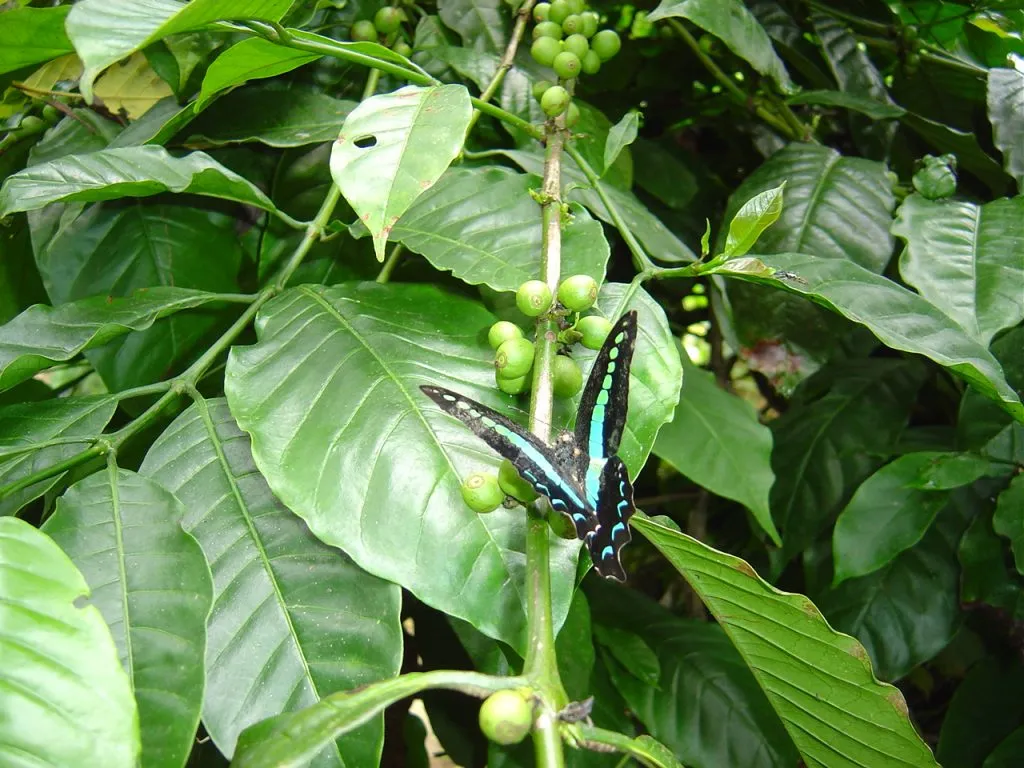
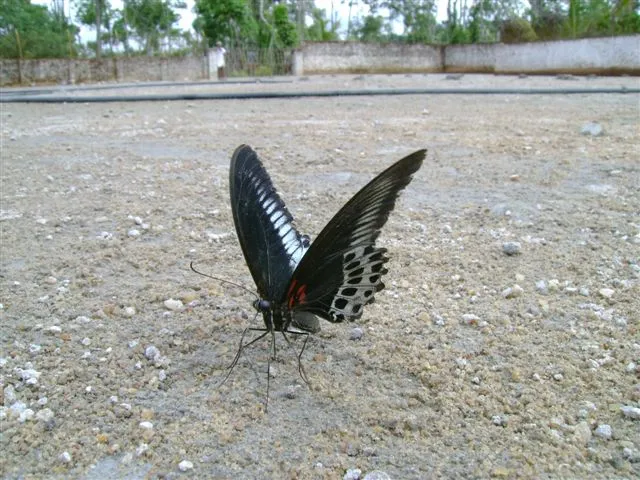
The Western Ghats, one of the hotspots of biodiversity is unique and should be better protected and managed. There is mounting concern regarding the devastating losses to butterfly colonies because of unprecedented habitat destruction. This is the single greatest threat to butterflies. The rate of deforestation is accelerating and is already higher than the average compared to other parts of India.
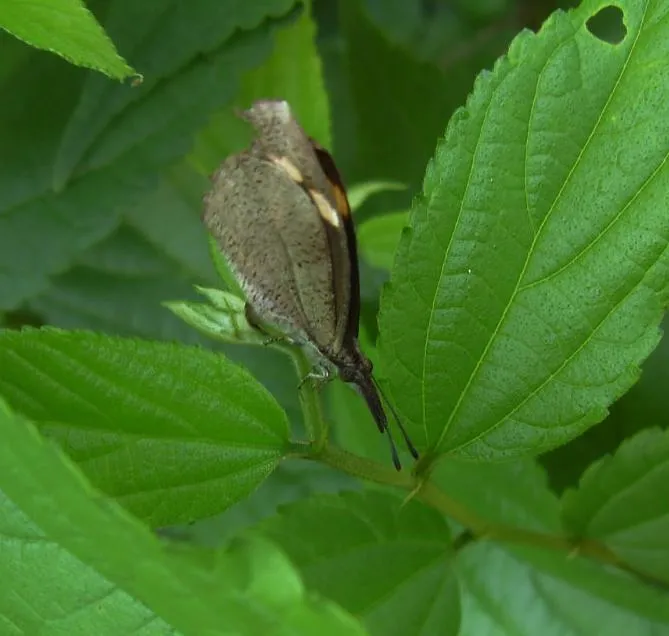
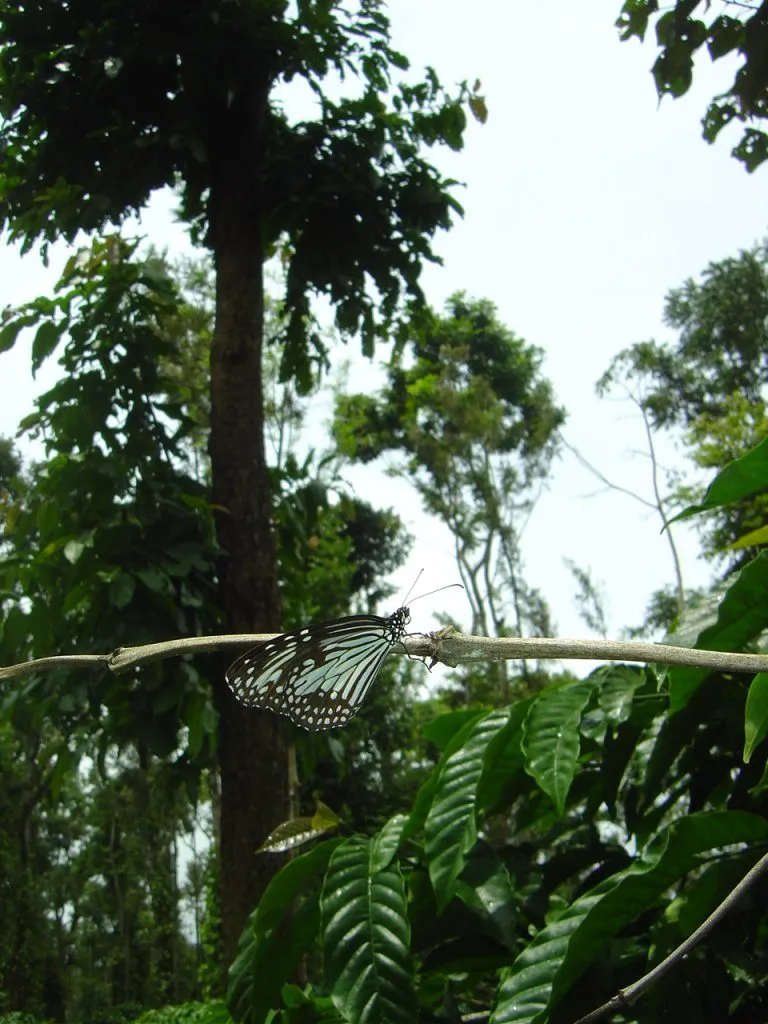
From egg to adult Butterflies undergo a metamorphosis that is complex and often beset with problems like weather, predators, lack of food and human encroachment on habitat.
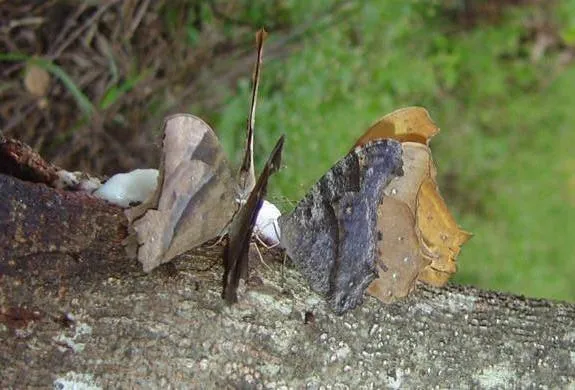
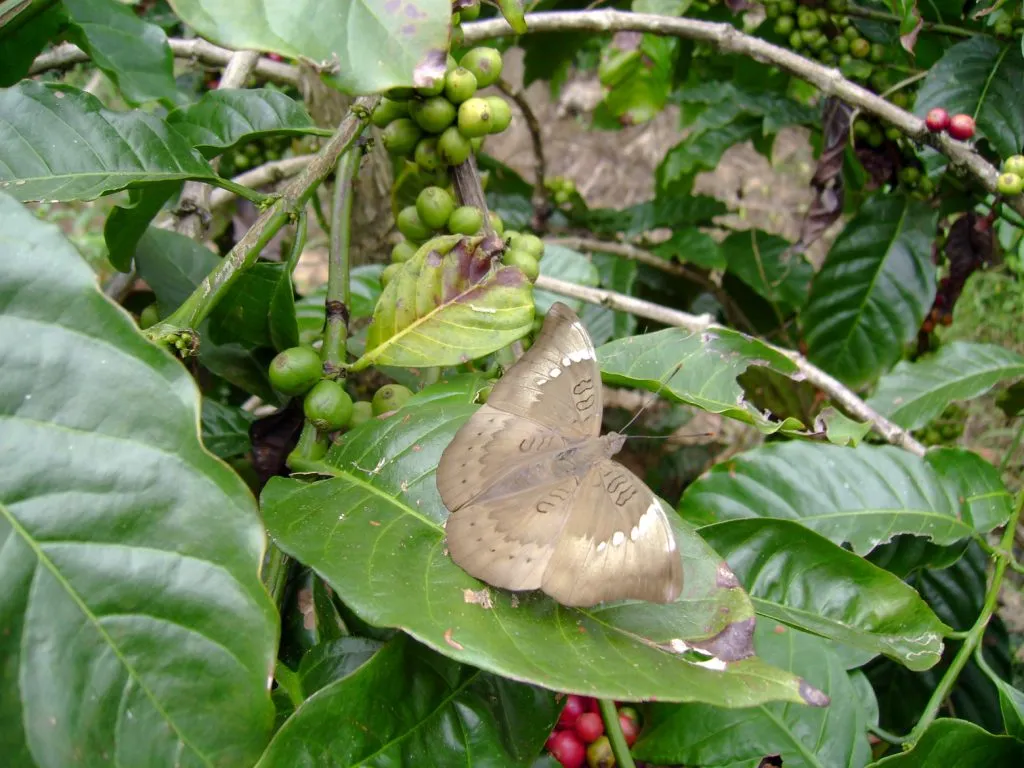
Let us begin with the smallest steps by planting flowering plants in our backyards and help native butterflies survive. In schools we need to encourage gardening and so also in public places with green all round. Schools and colleges should conduct training programmes and guided field trips, so that students learn firsthand the wild behavior of these beautiful winged jewels. School children from the primary level should be taught about butterflies and the vital role they play in different aspects of human life. Awareness at all levels will definitely help these winged jewels survive and coexist in a world dominated by humans.
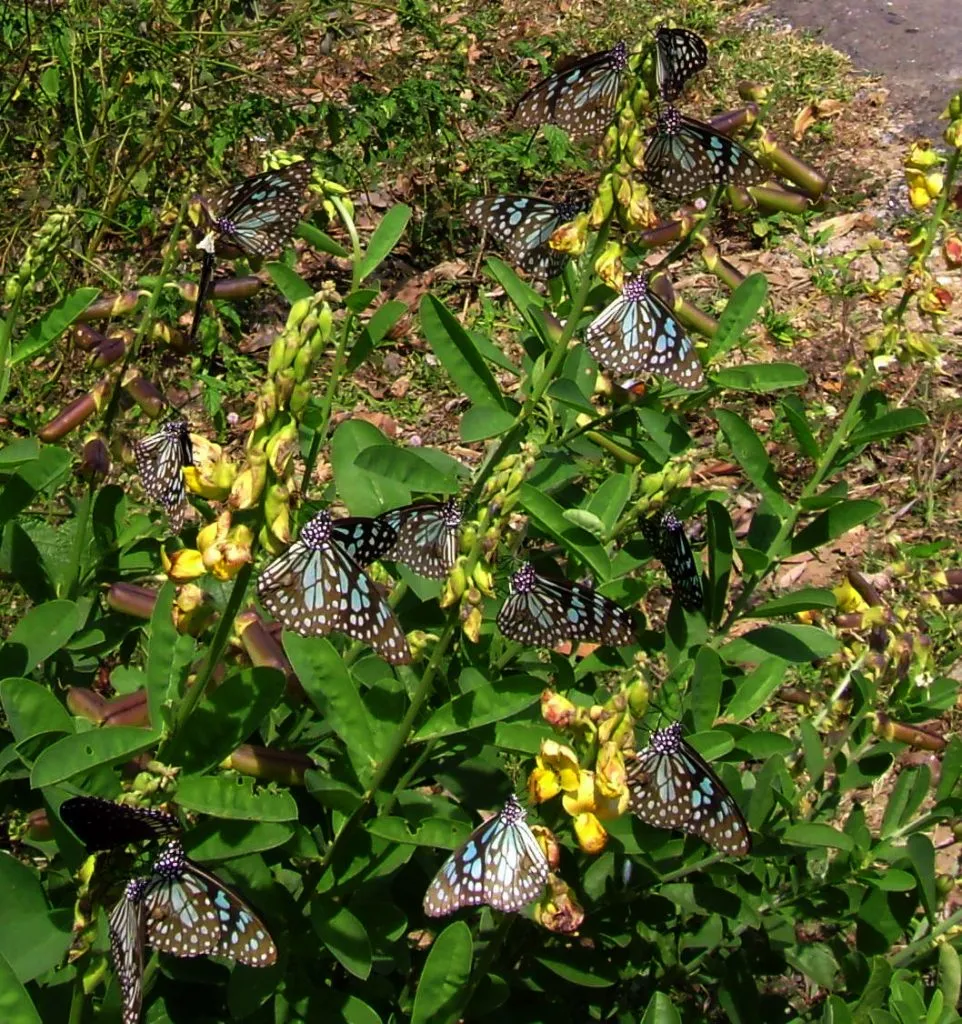
REFERENCES:
http://www.birdsforever.com/butter.html
The Monarch Butterfly in North America
Poaching threatening butterfly species
http://butterflywebsite.com/conservation.cfm
http://www.defenders.org/wildlife_and_habitat/wildlife/butterflies.php
http://www.defenders.org/wildlife_and_habitat/habitat/forest.php
http://en.butterflycorner.net/Home.home.0.html
http://query.nytimes.com/gst/fullpage.html?res=9D00E7D81E3EF932A3575AC0A9609C8B63
http://www.australianbutterflies.com/
https://www.britishbutterflies.co.uk/
http://query.nytimes.com/gst/fullpage.html?res=9D00E7D81E3EF932A3575AC0A9609C8B63
http://www.microscopy-uk.org.uk/mag/artjun06/cd-bfly.html
http://www.ukbutterflies.co.uk/identification.php